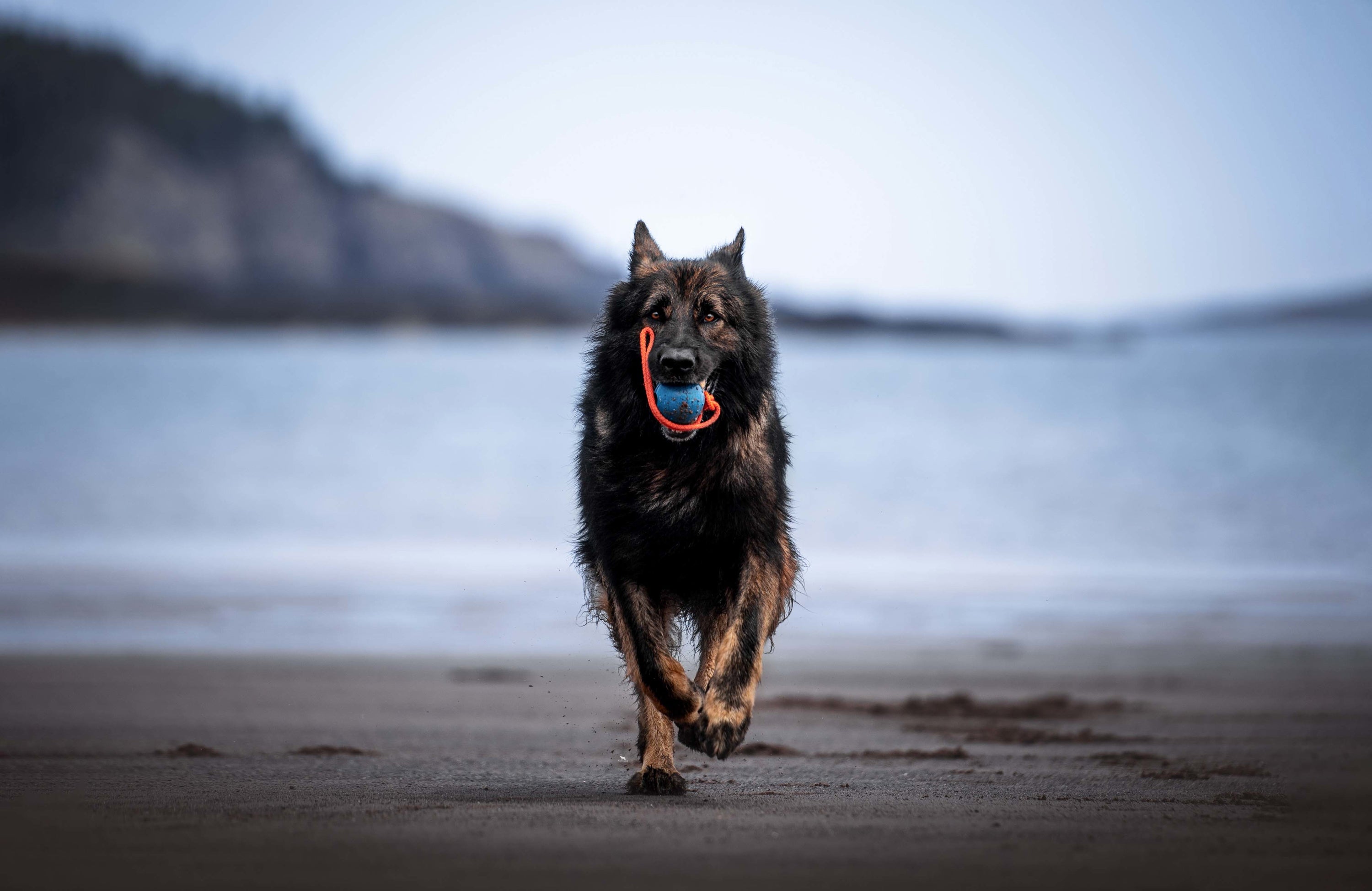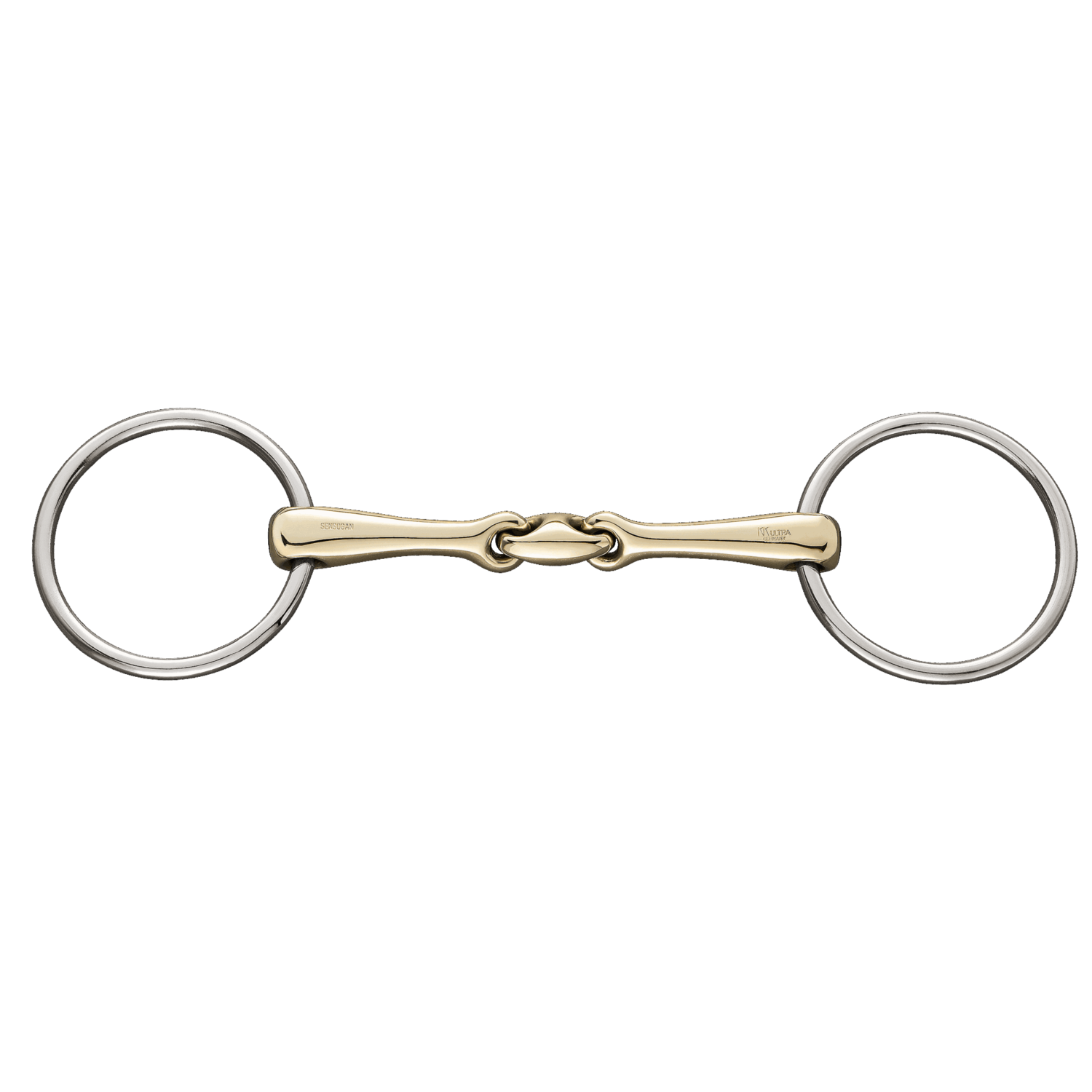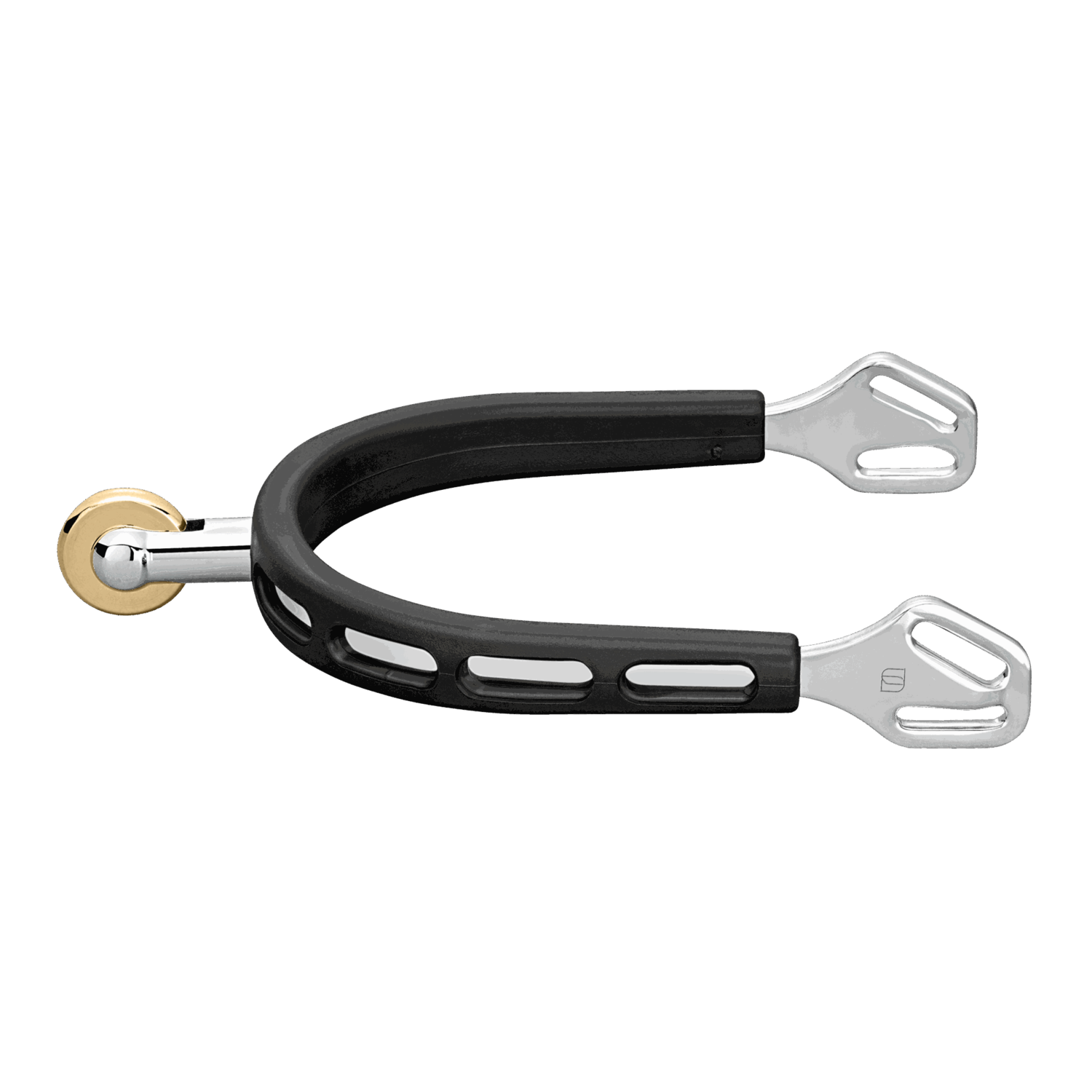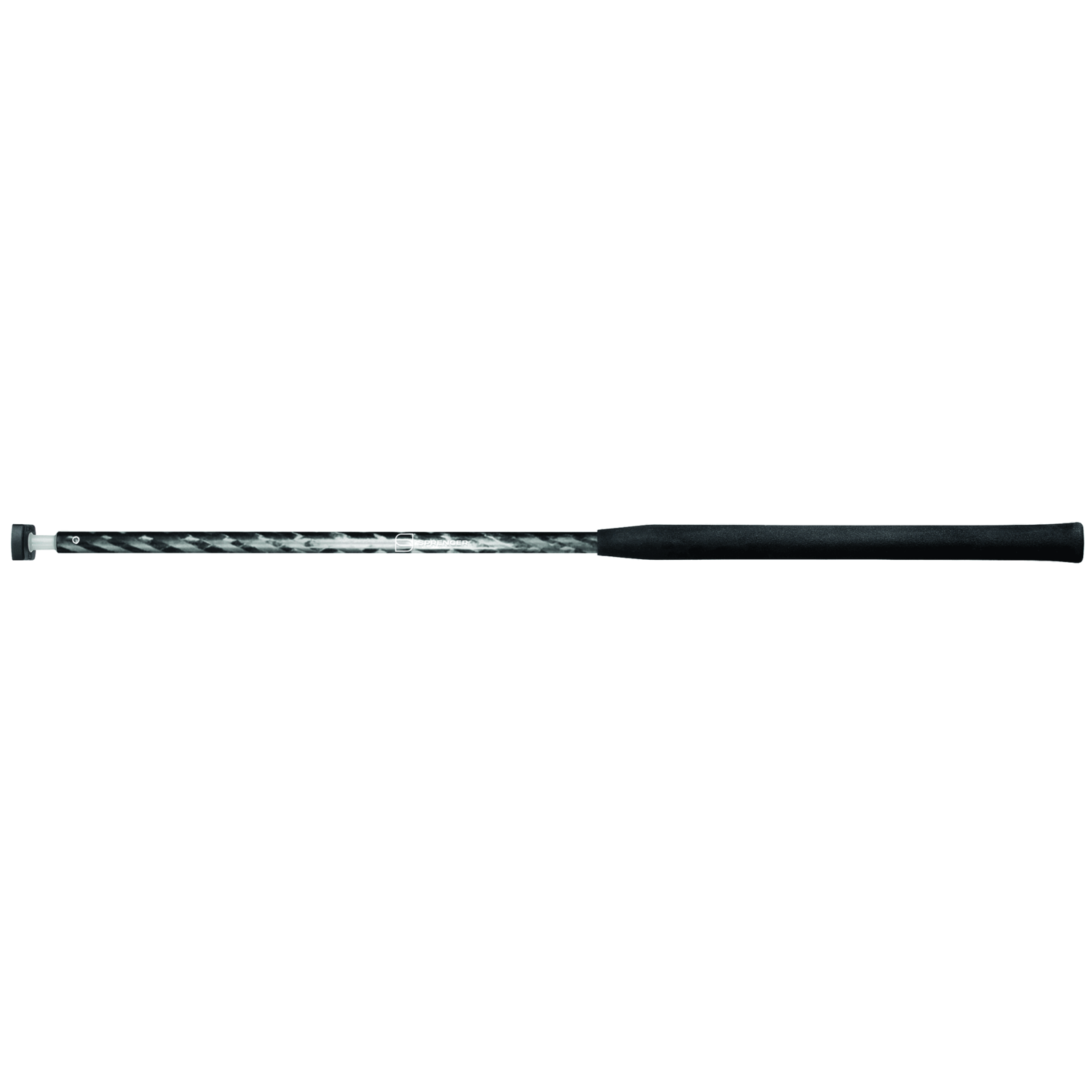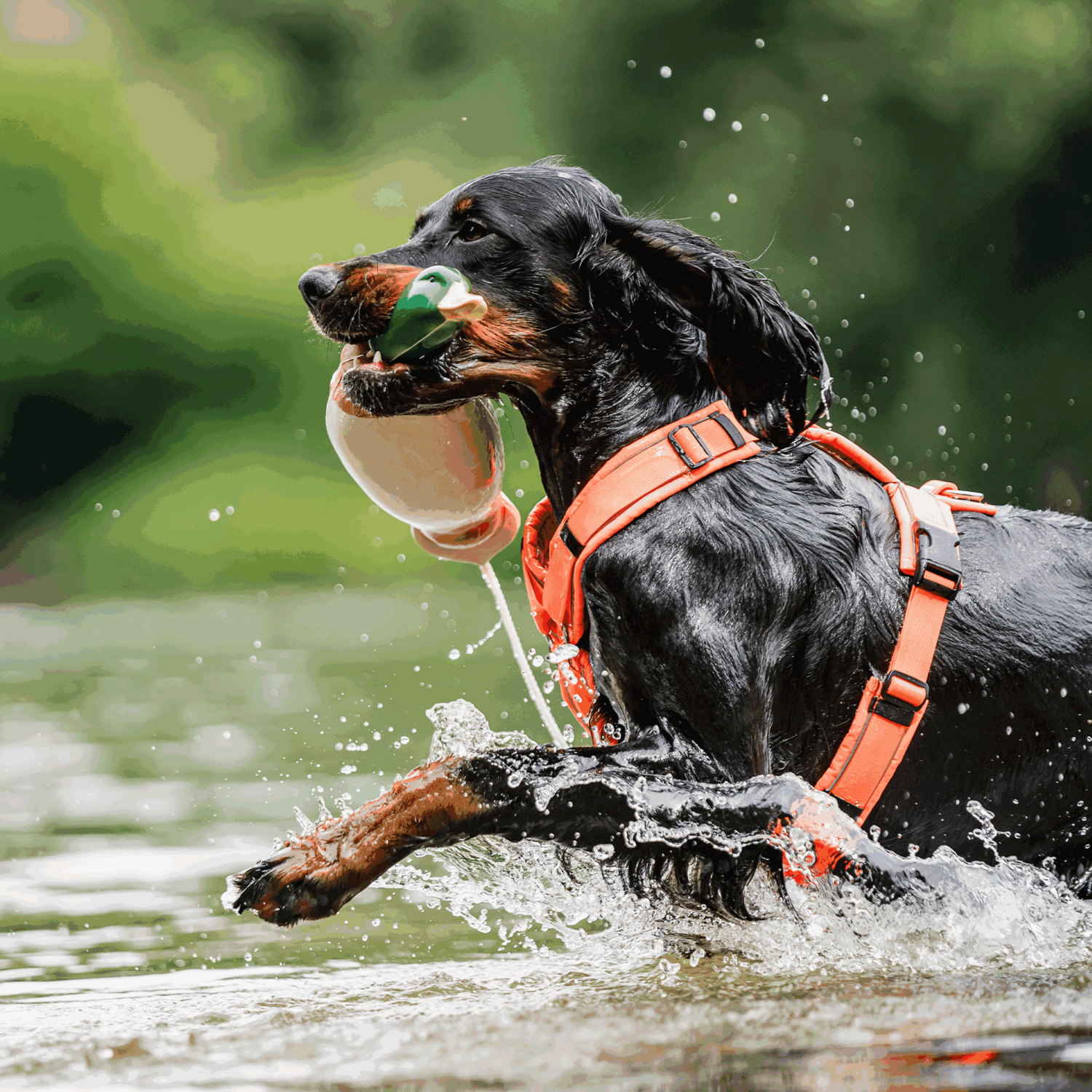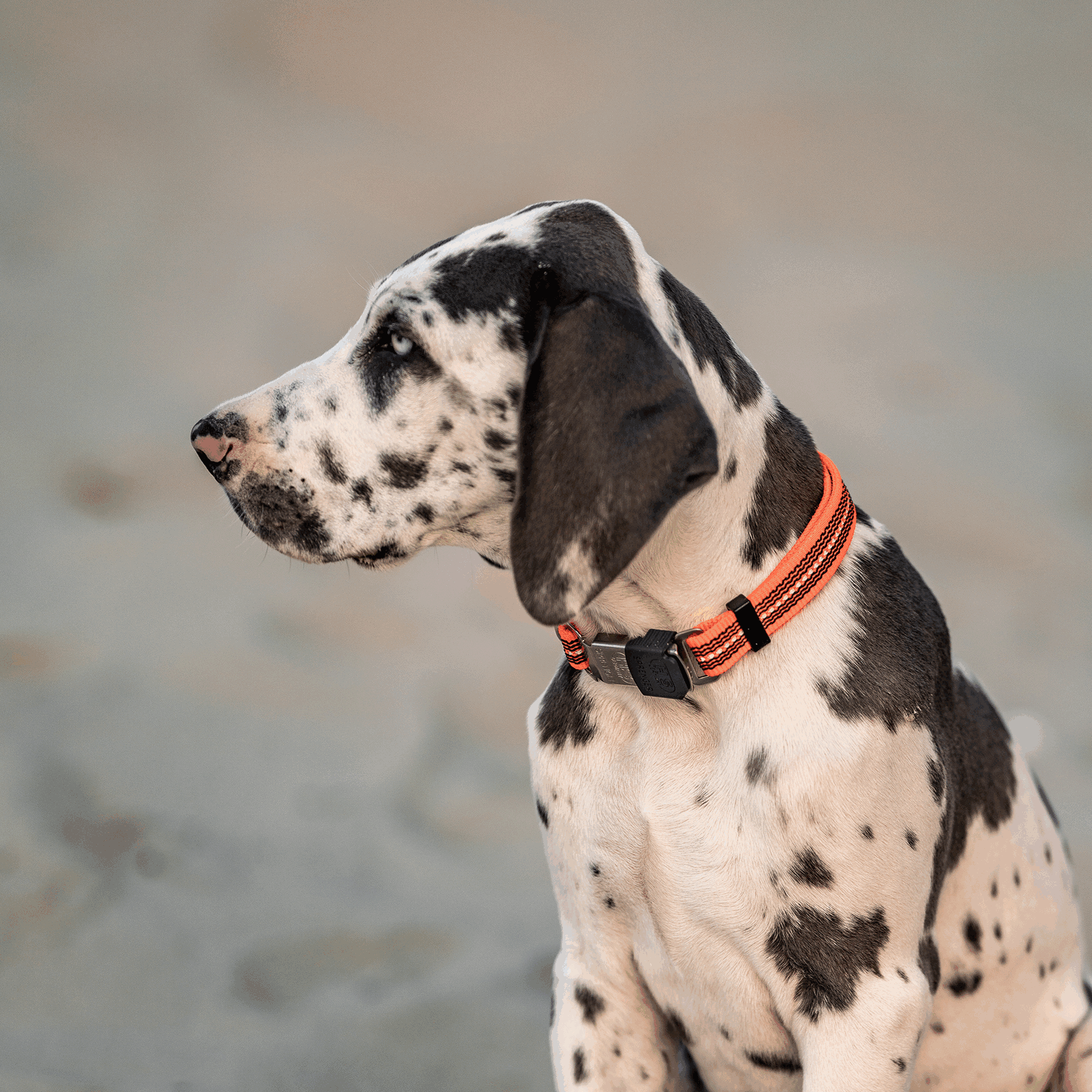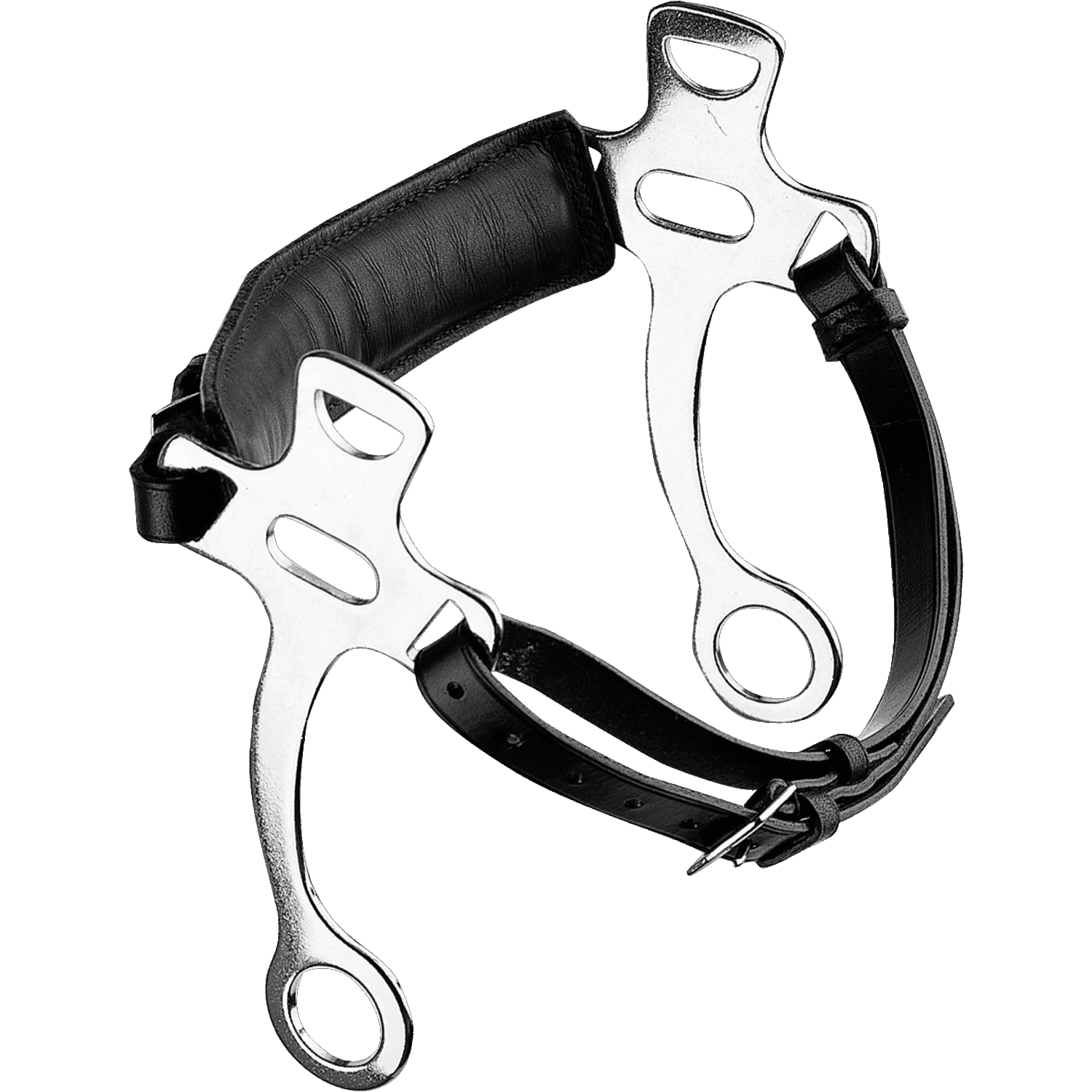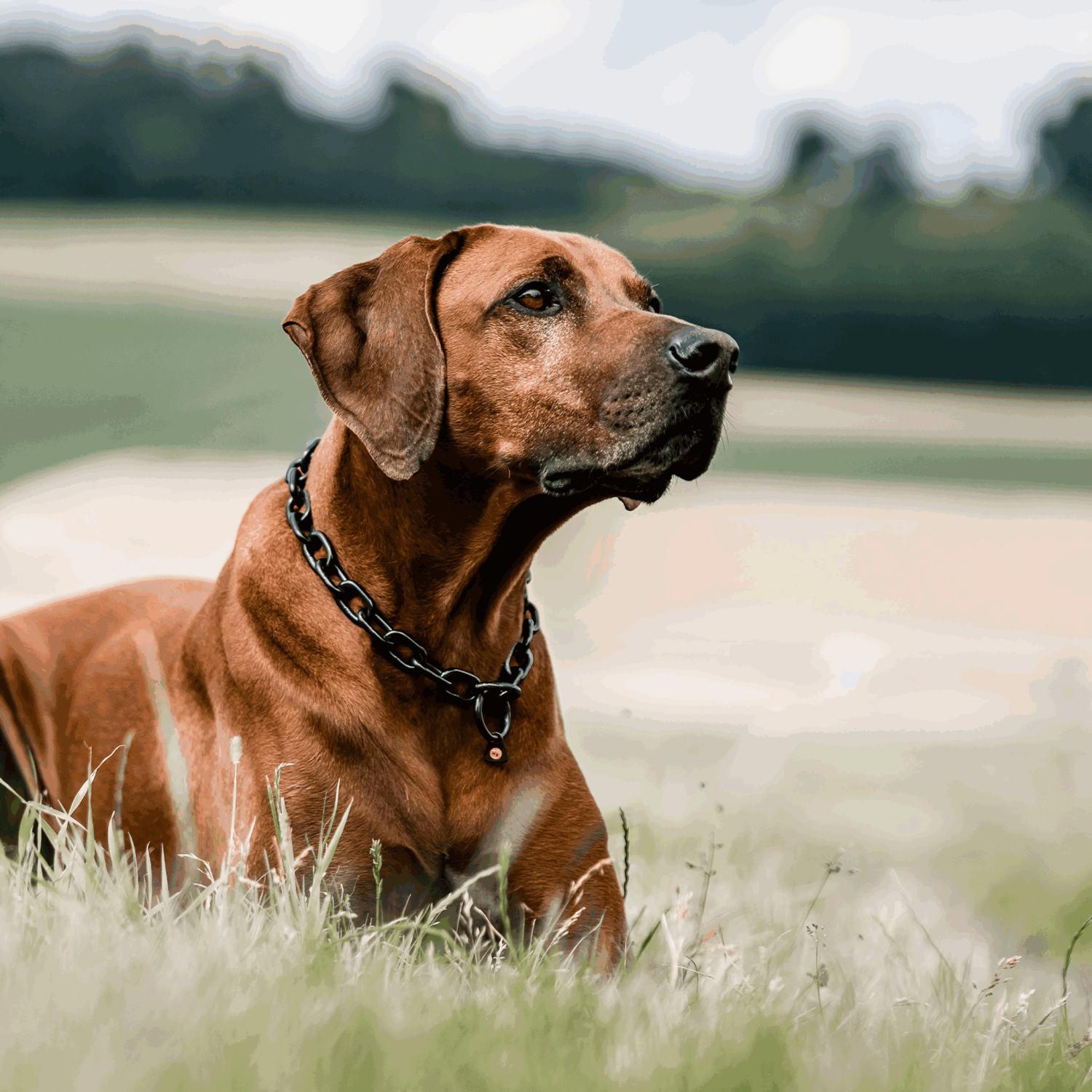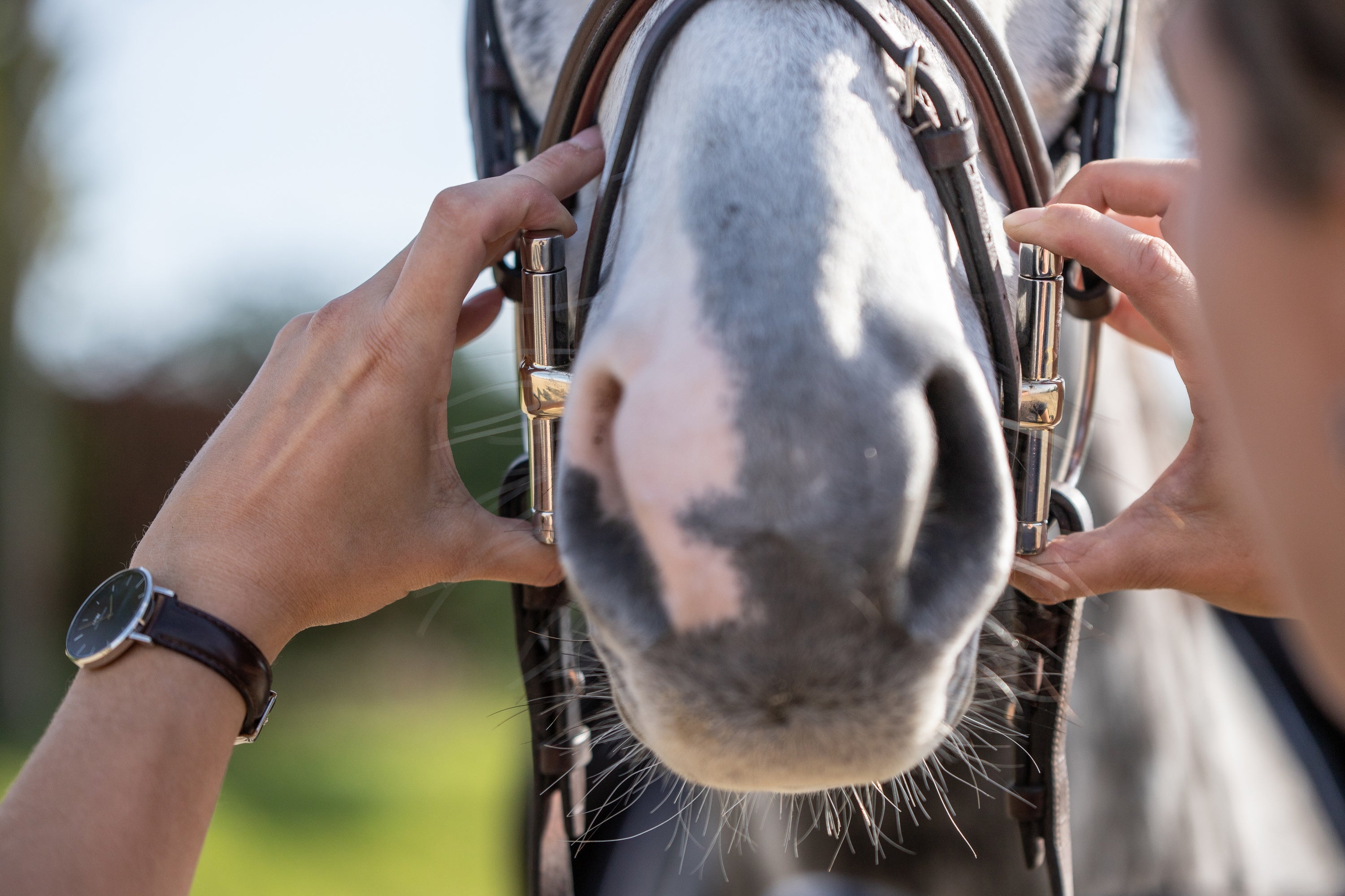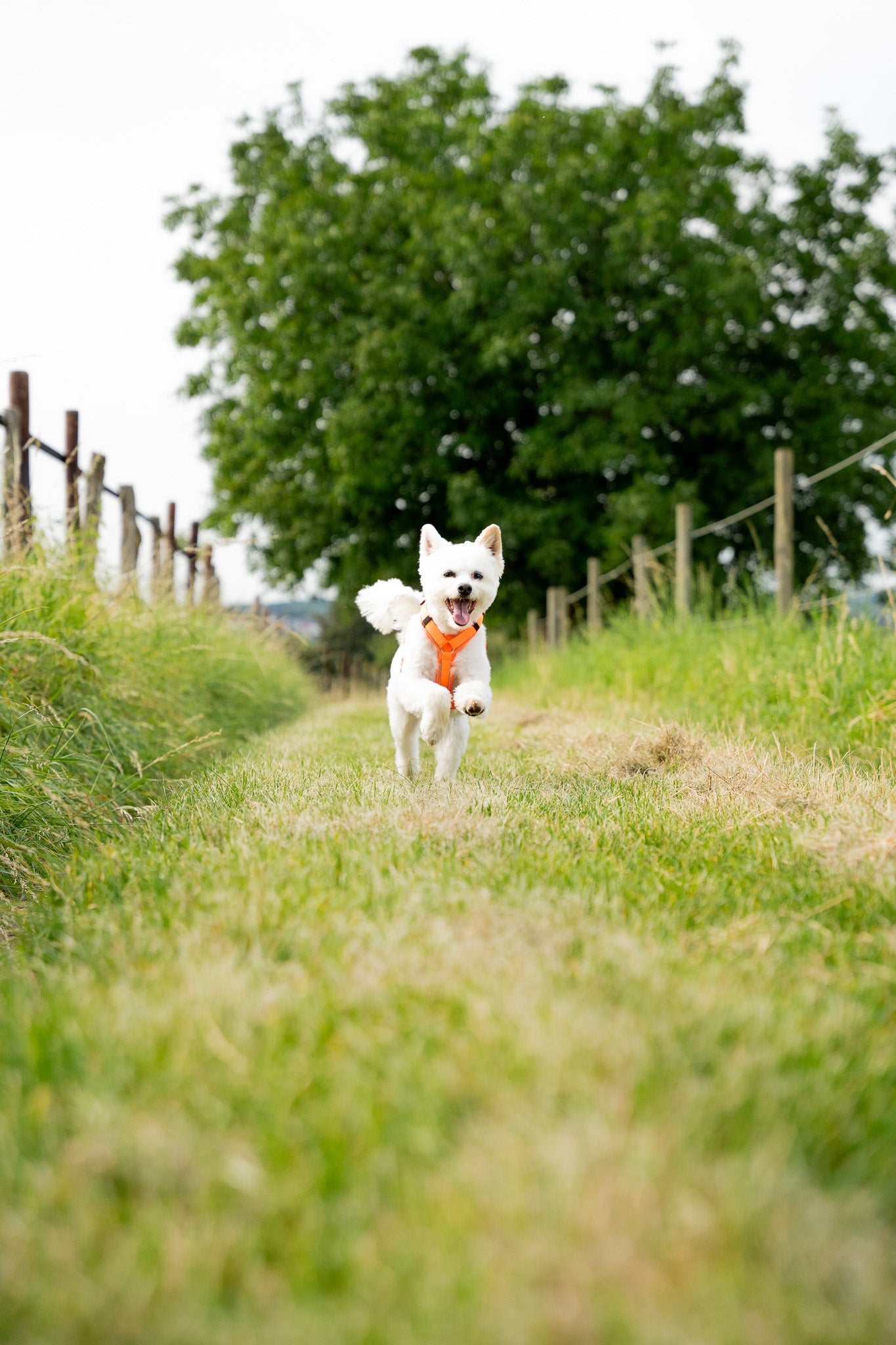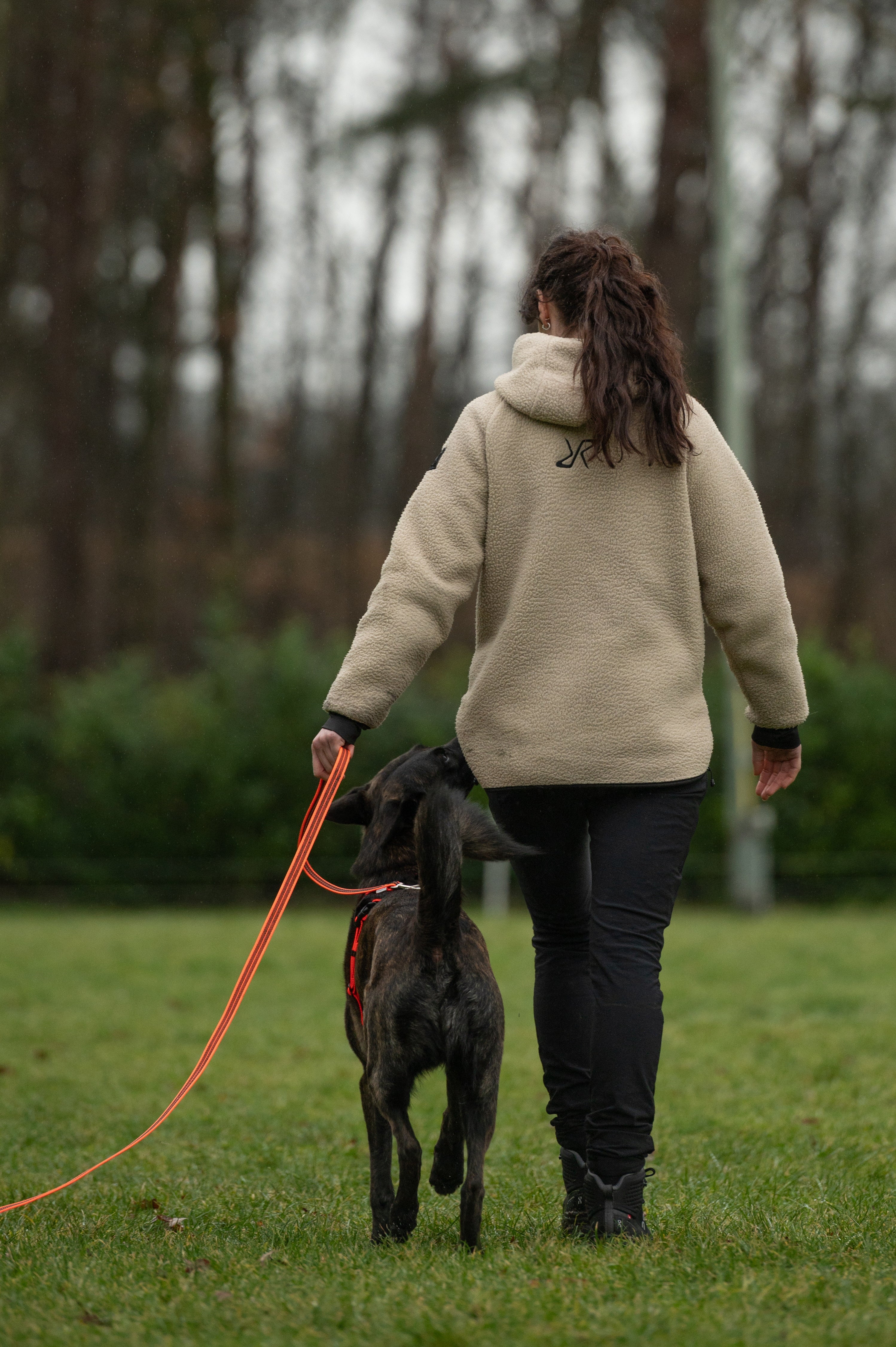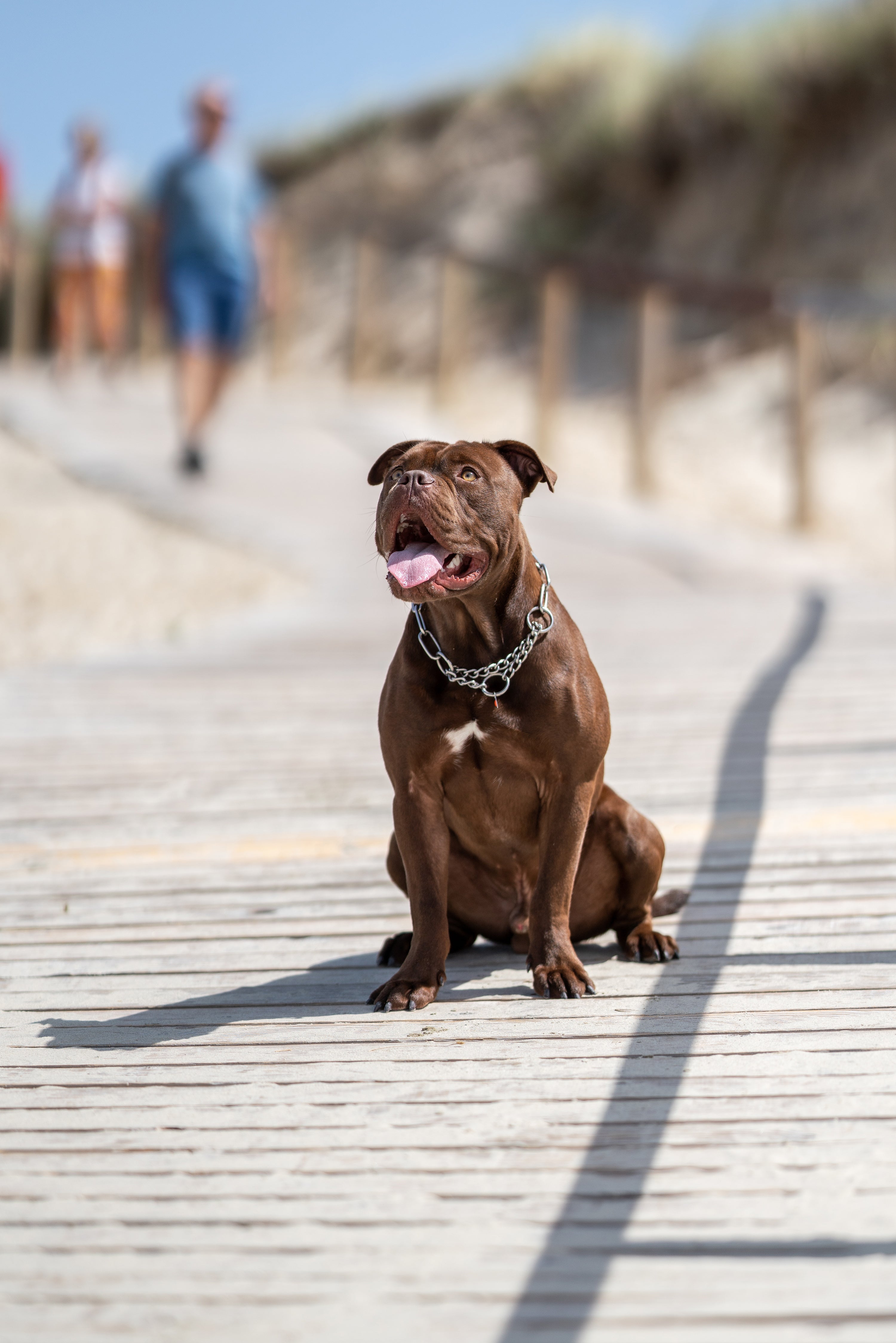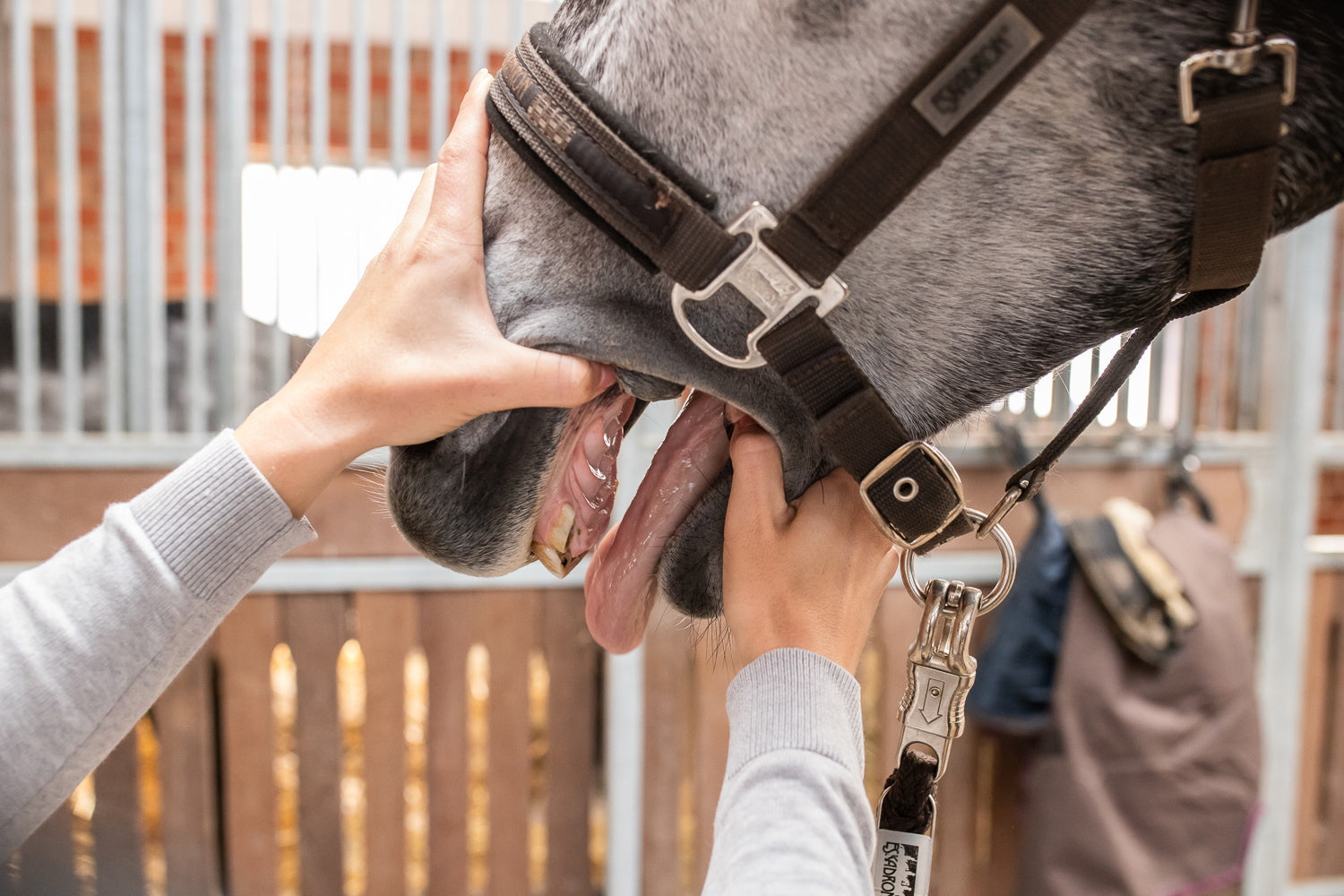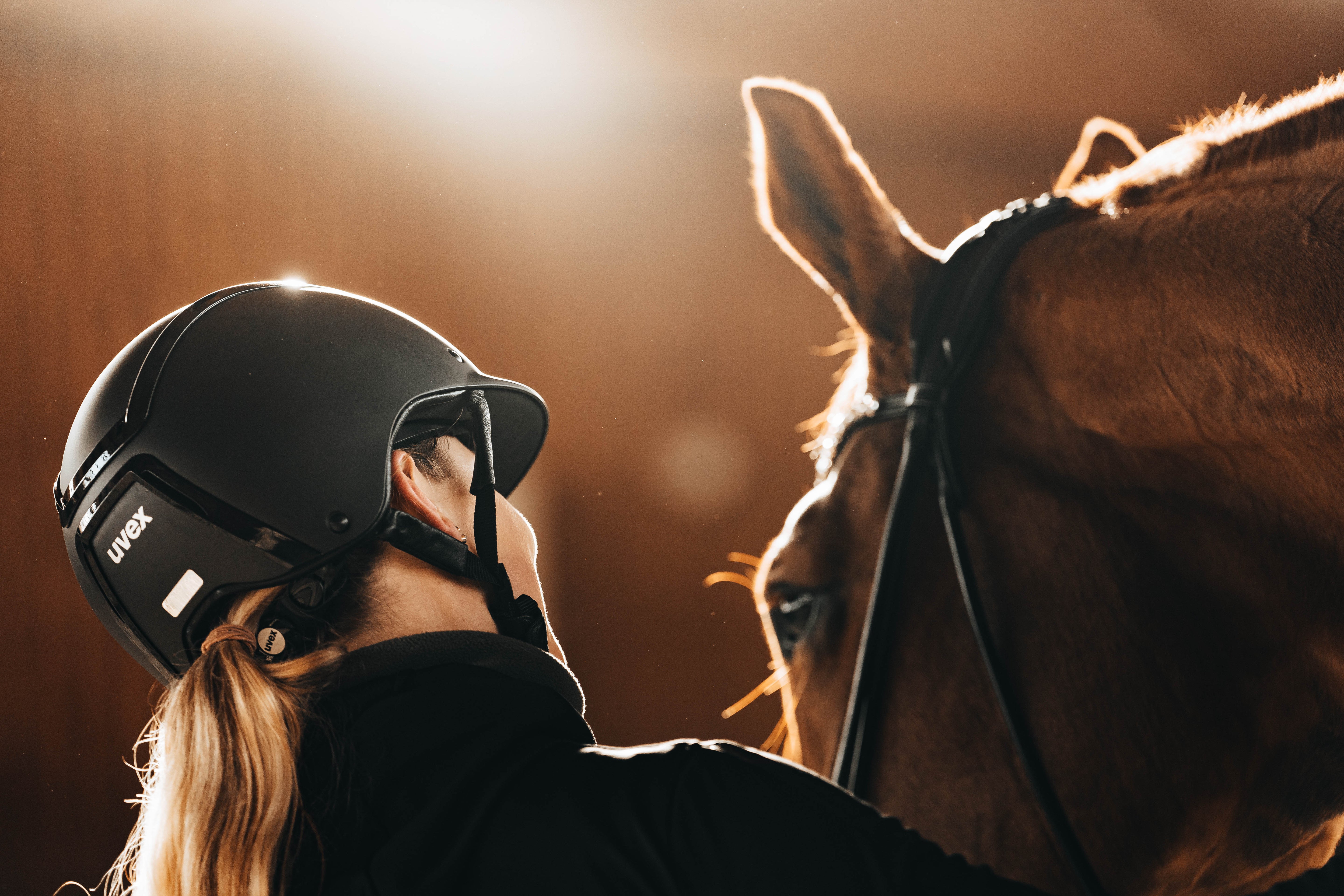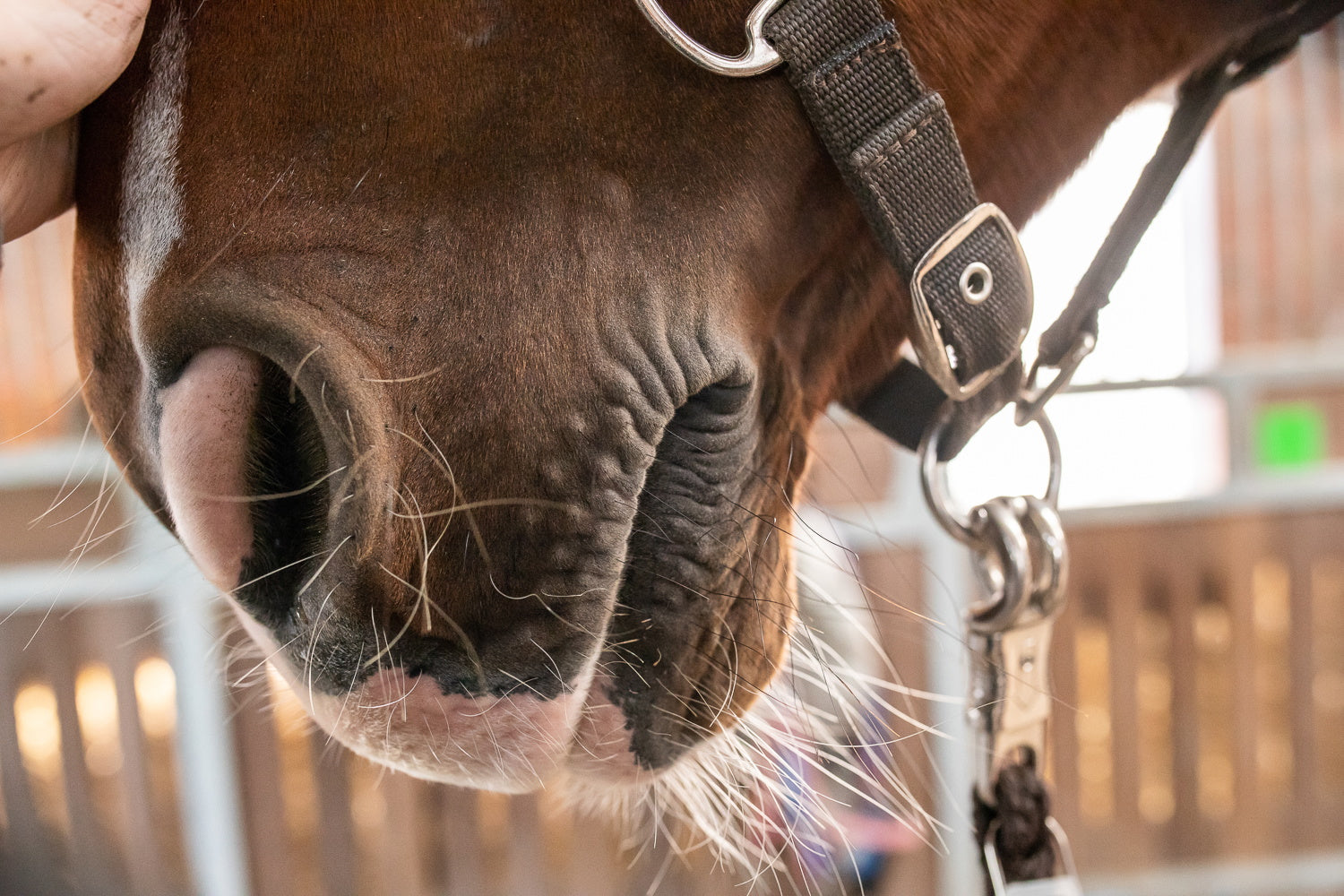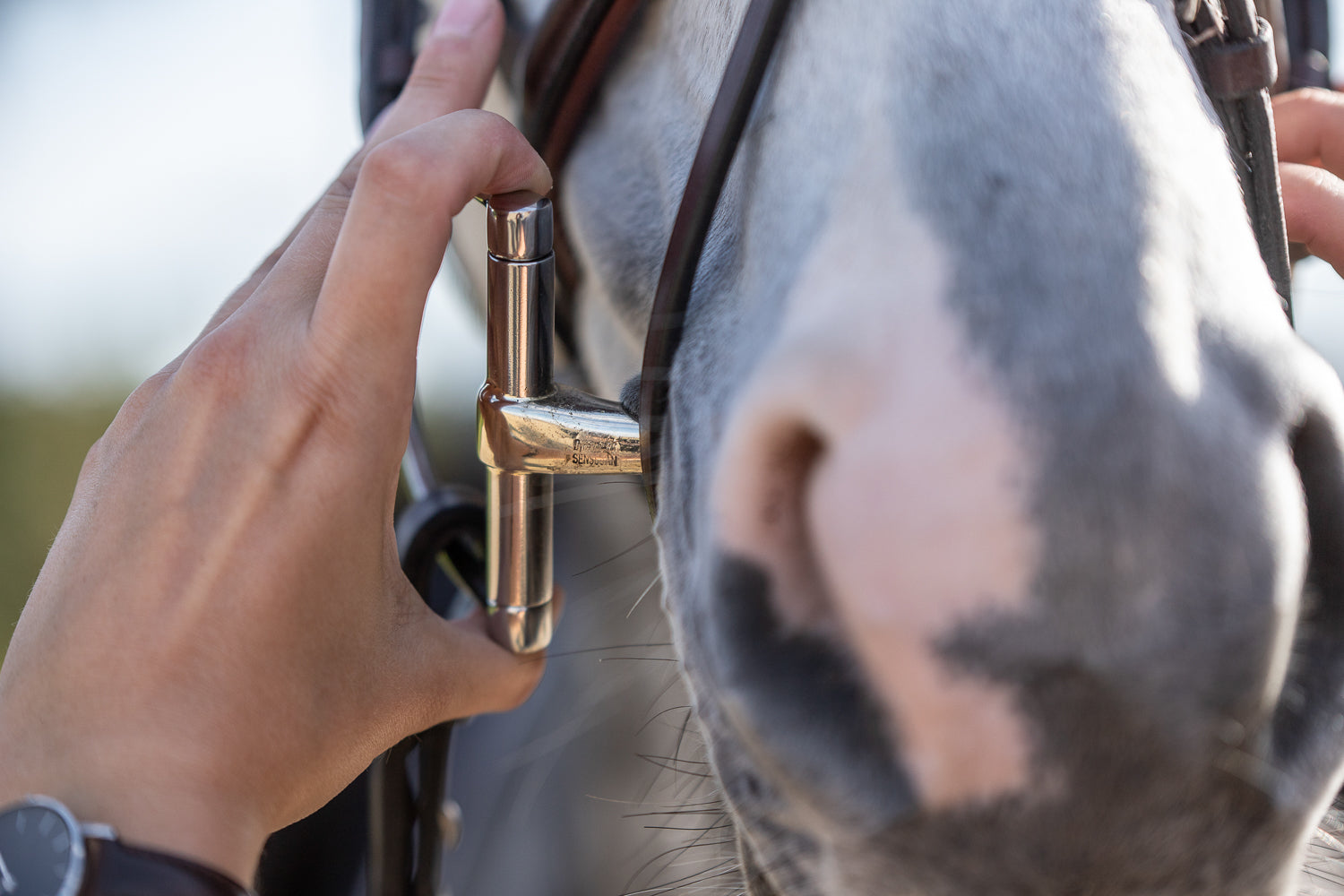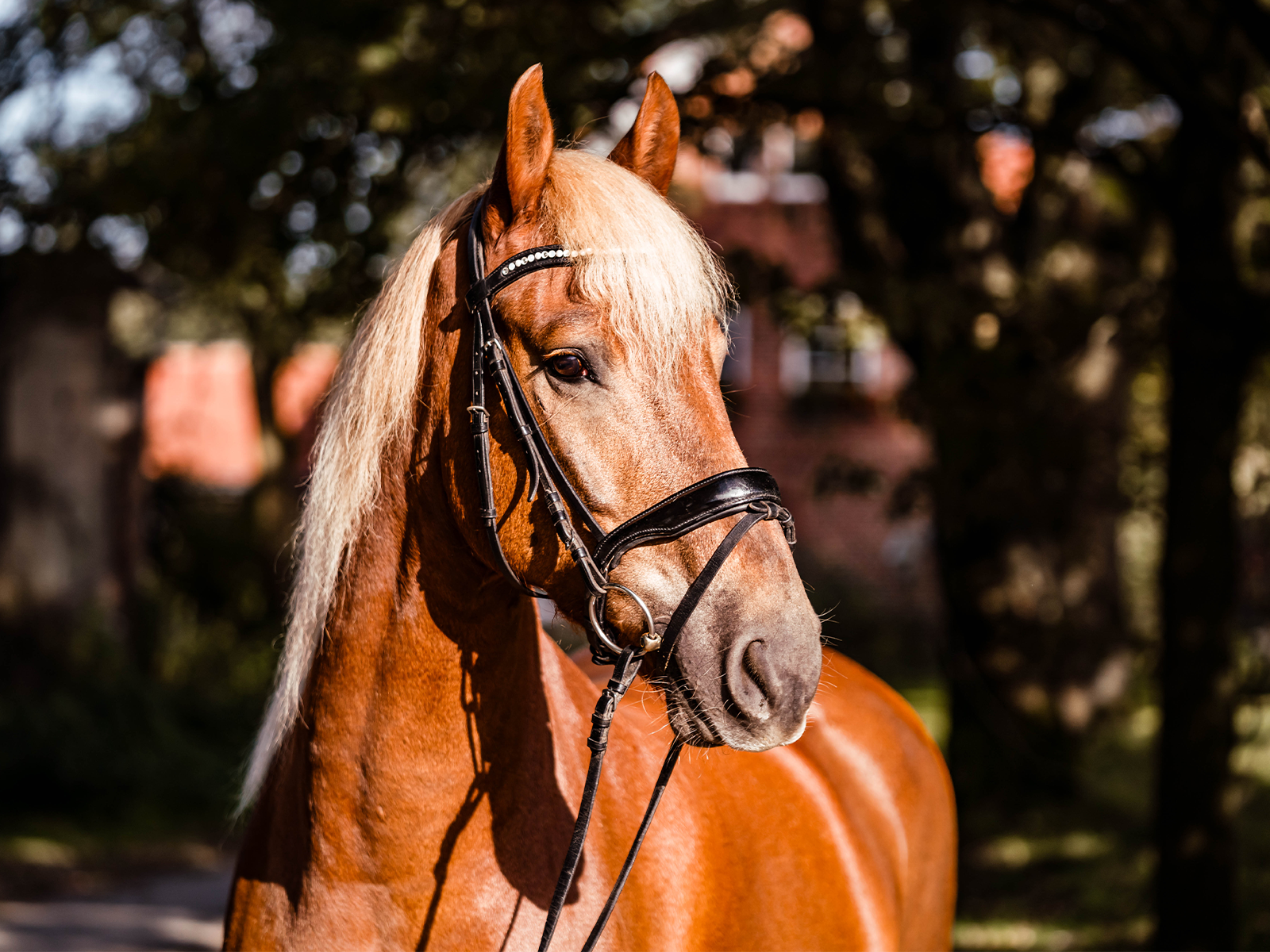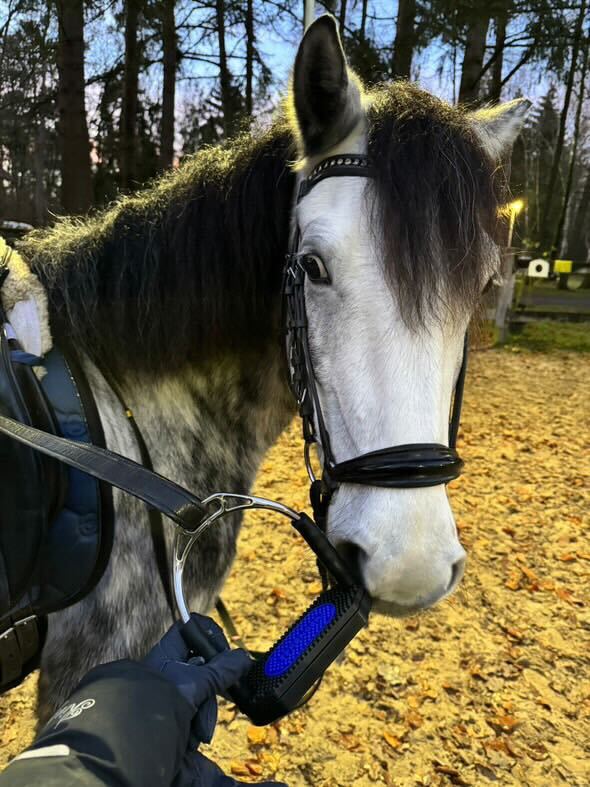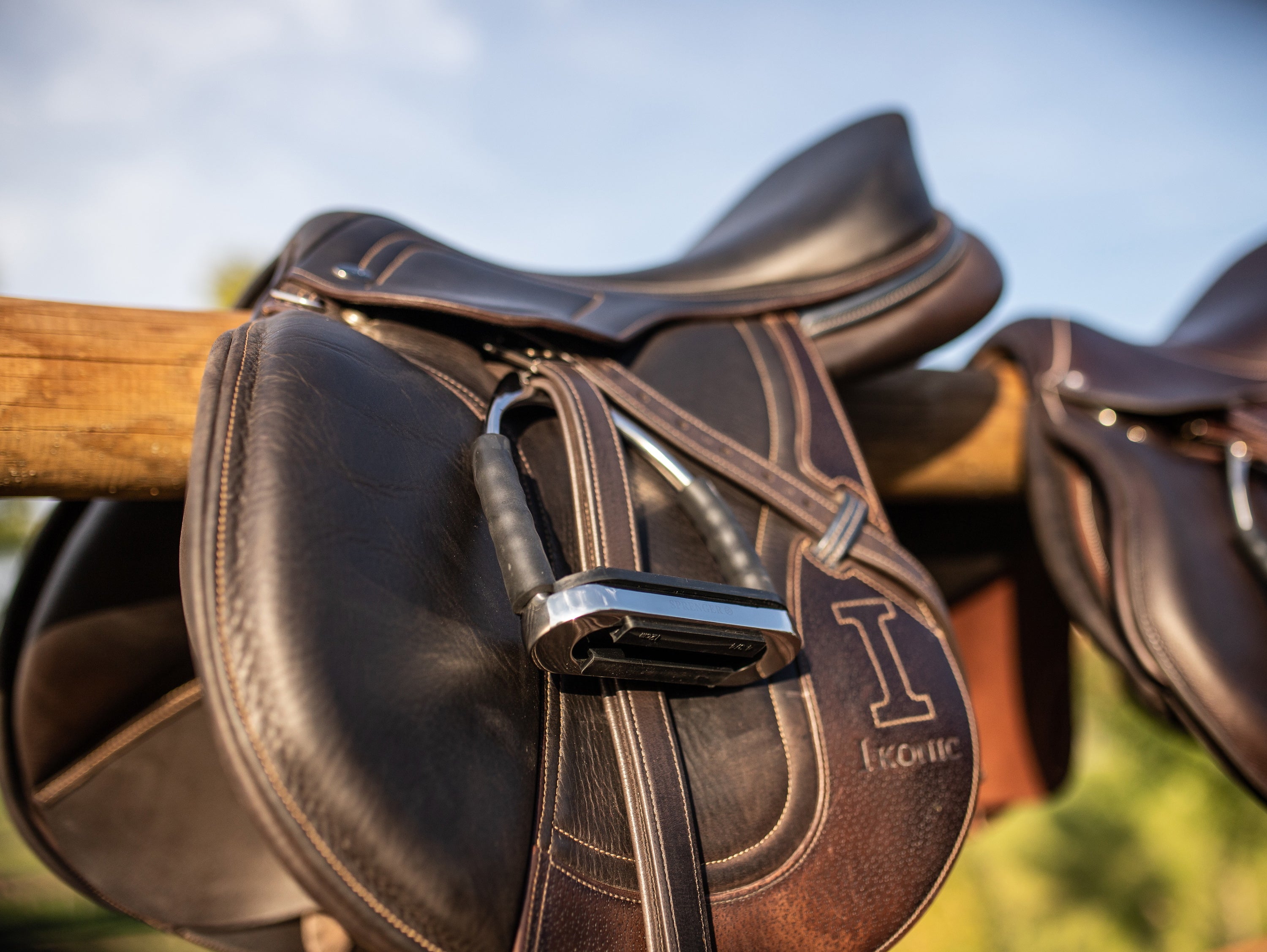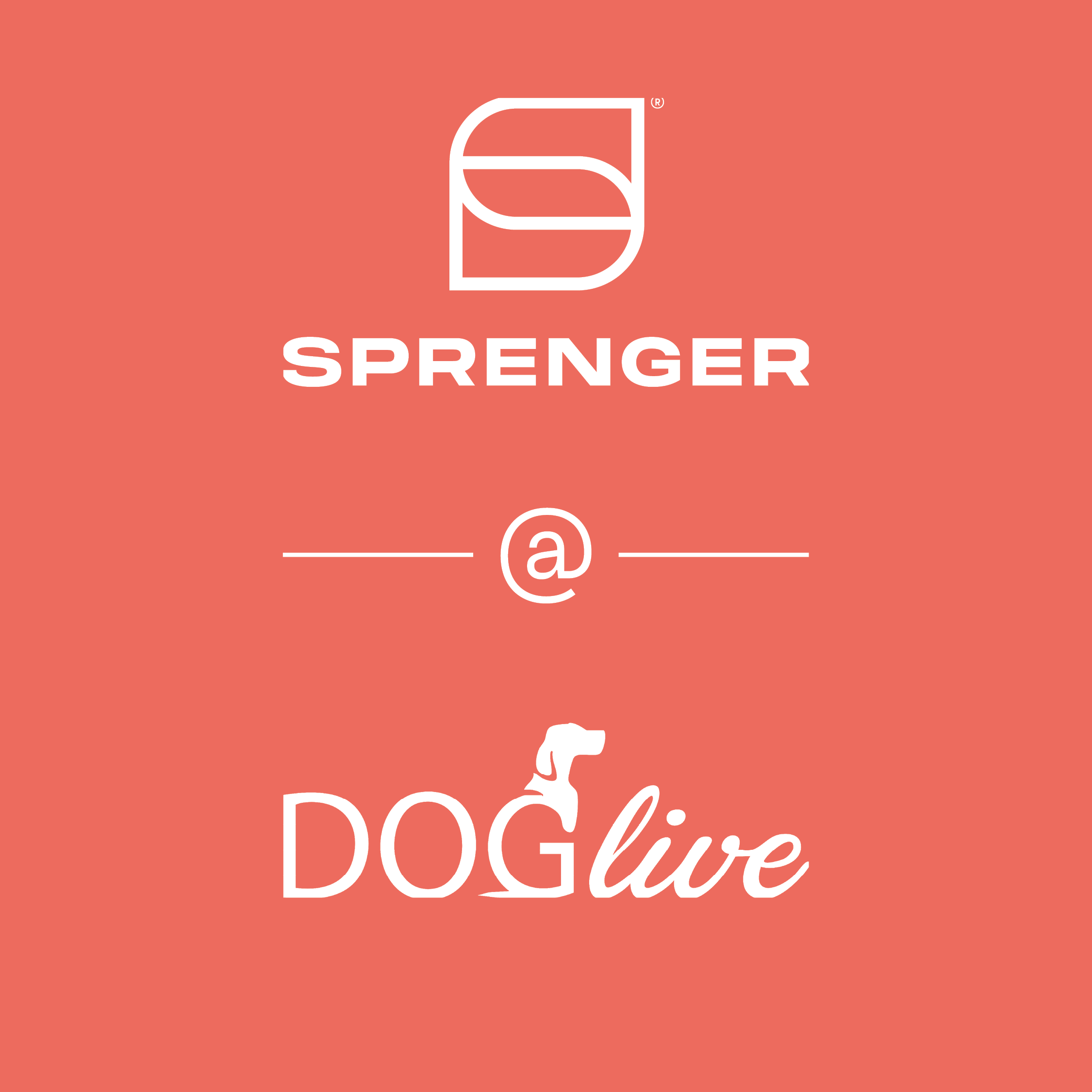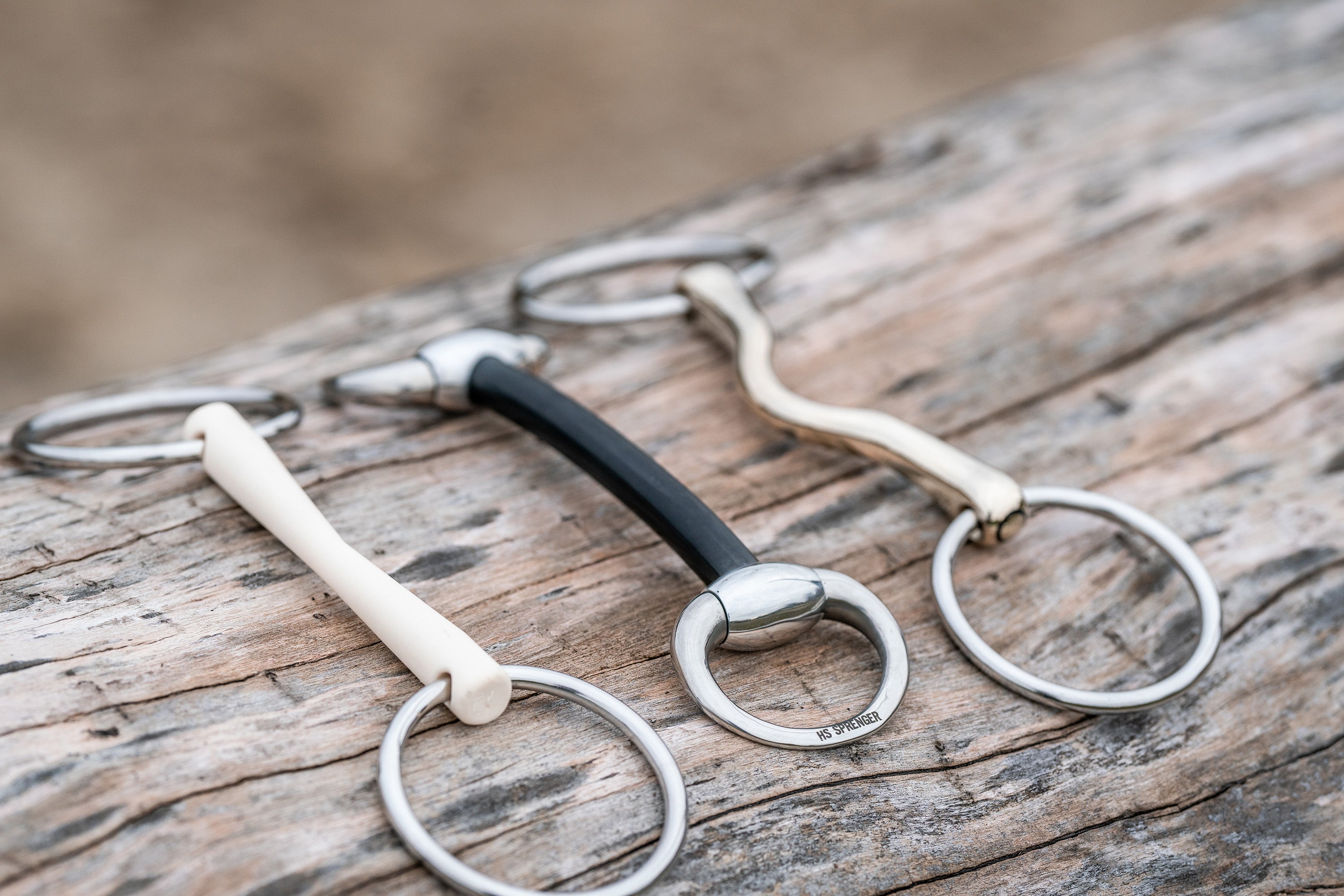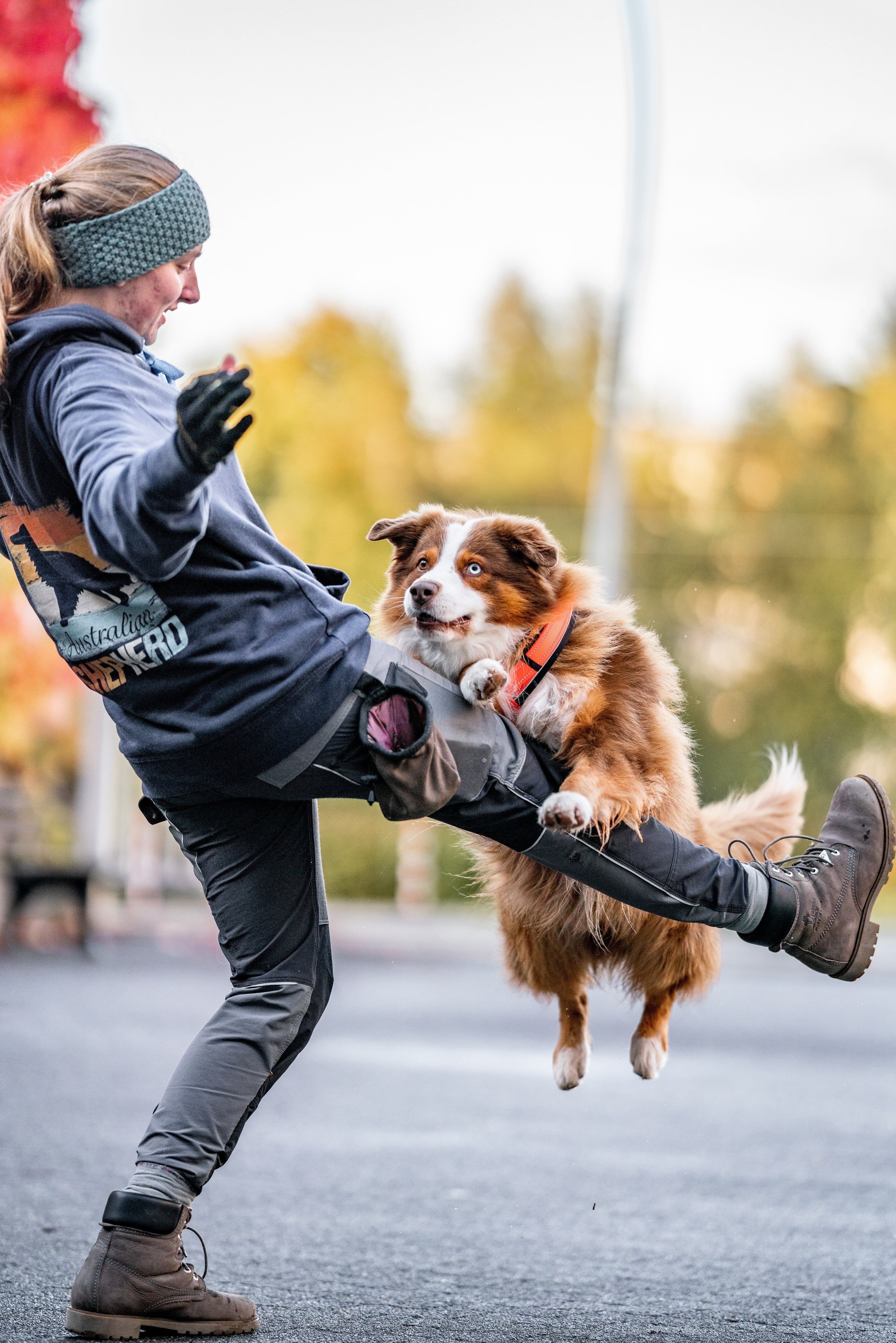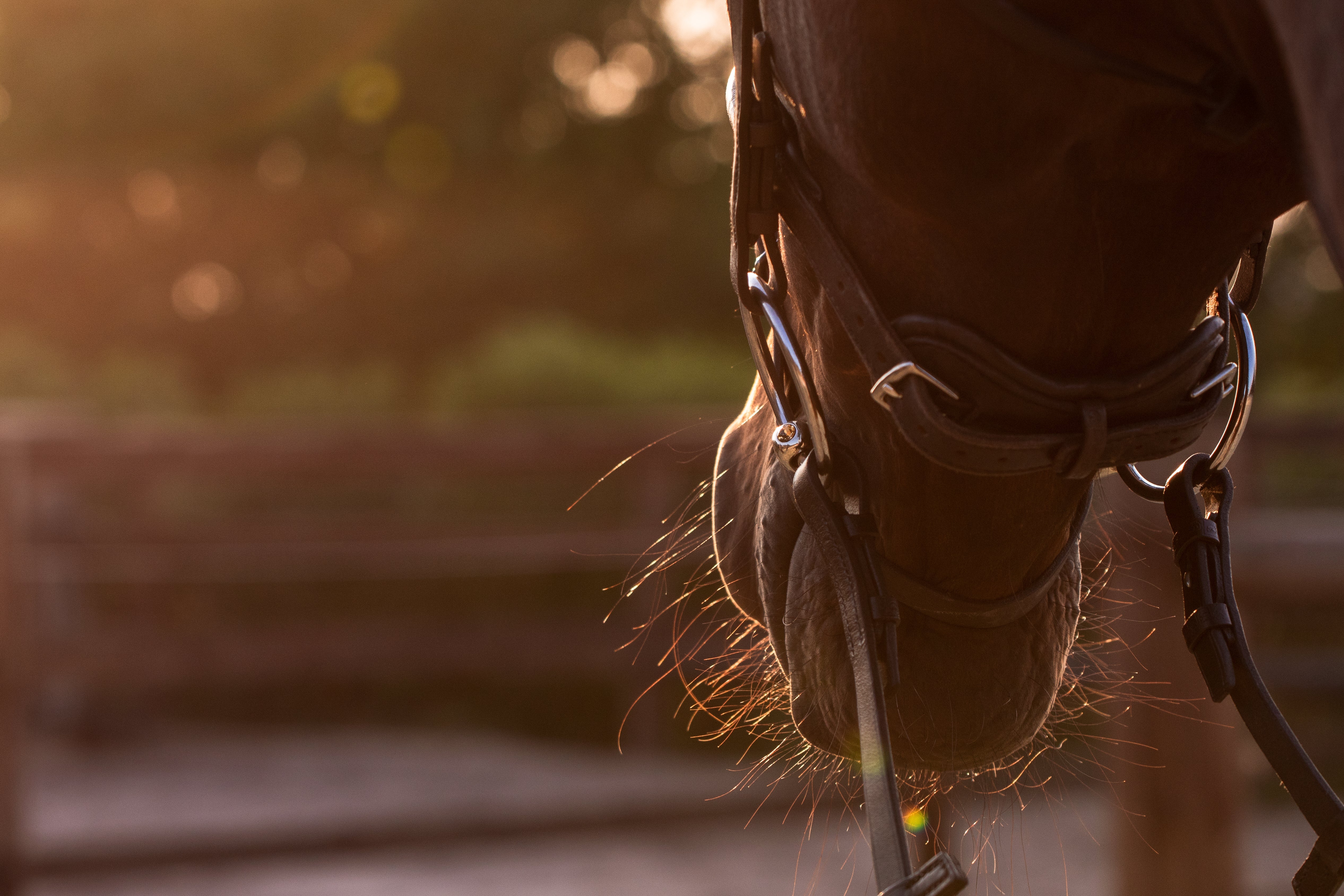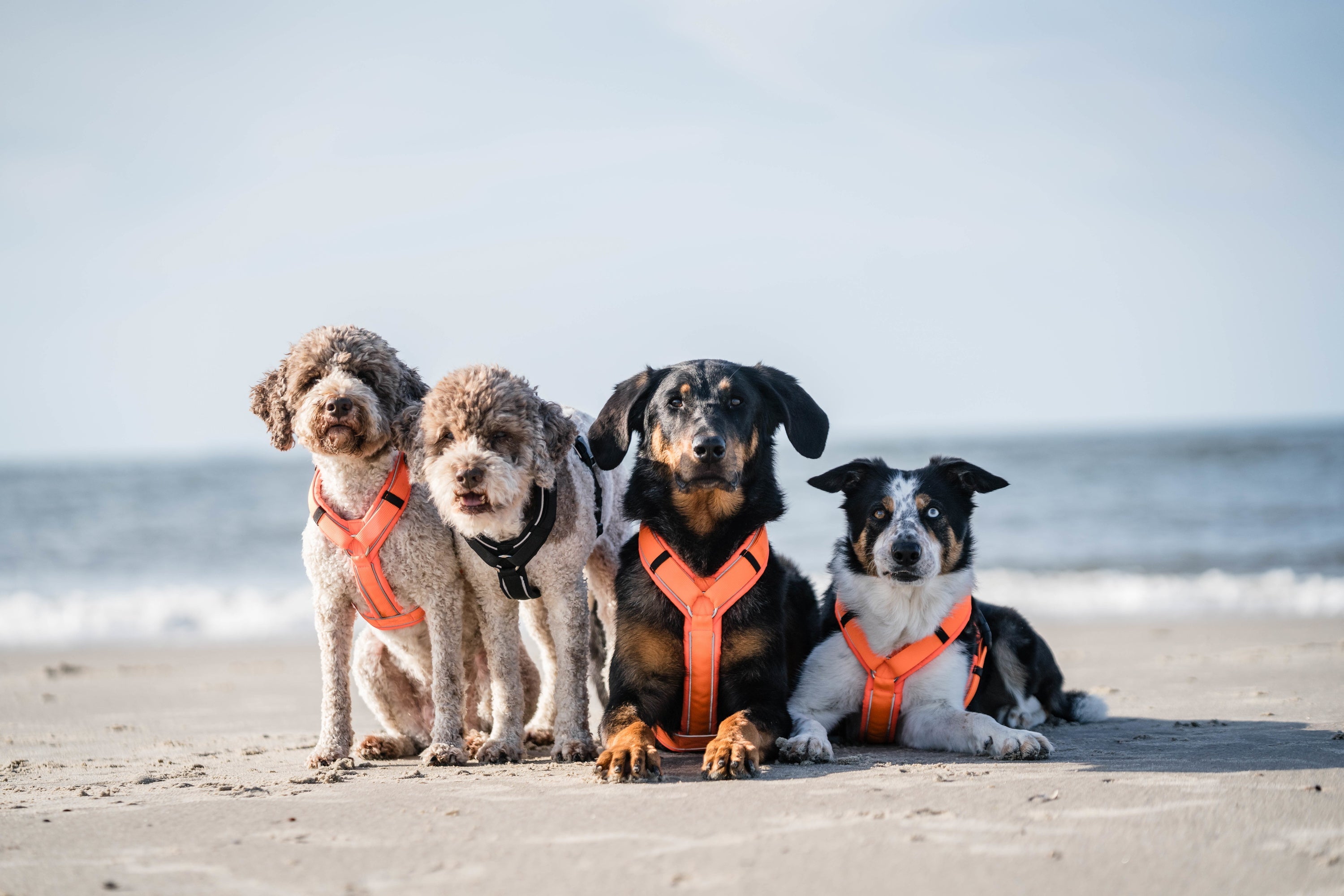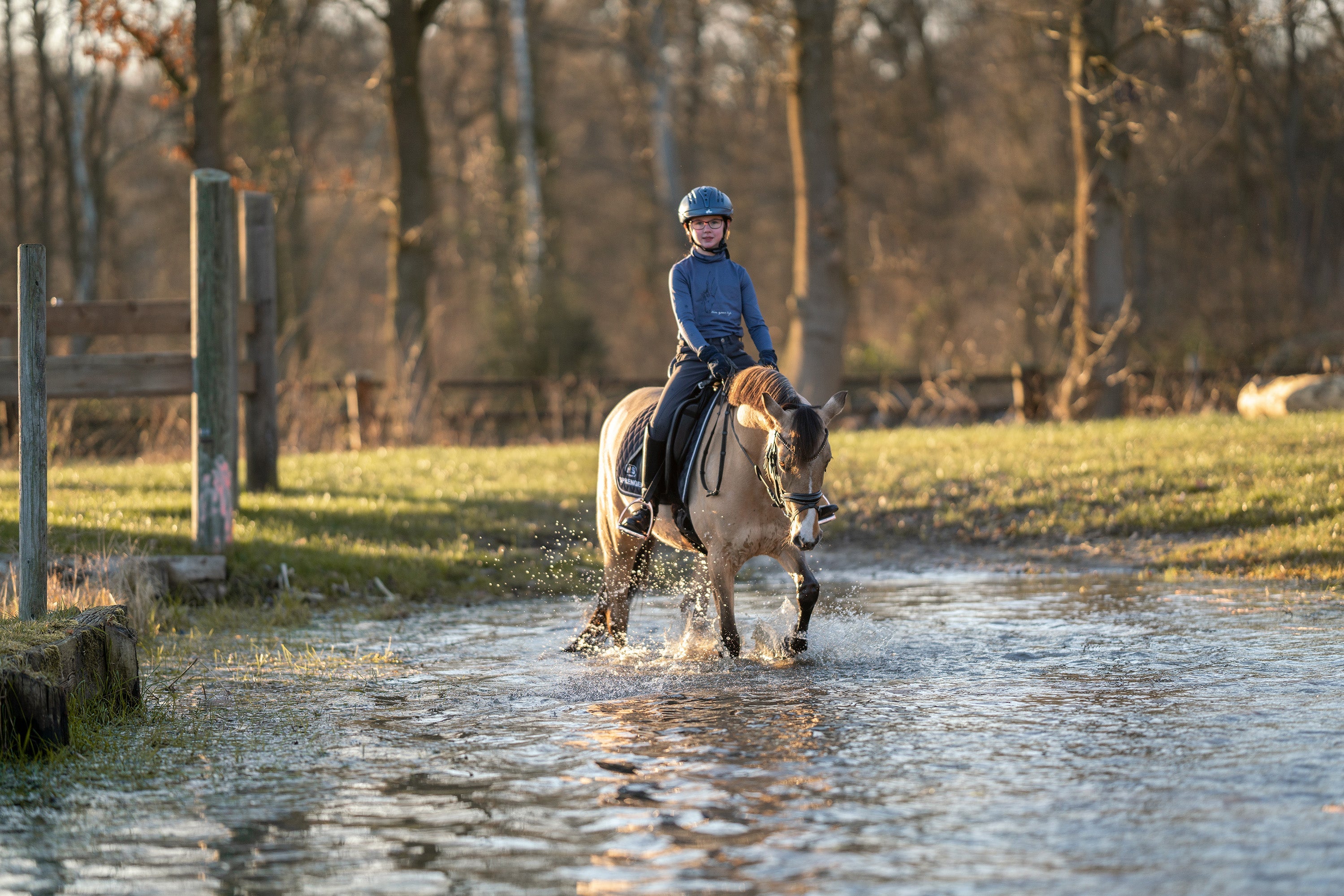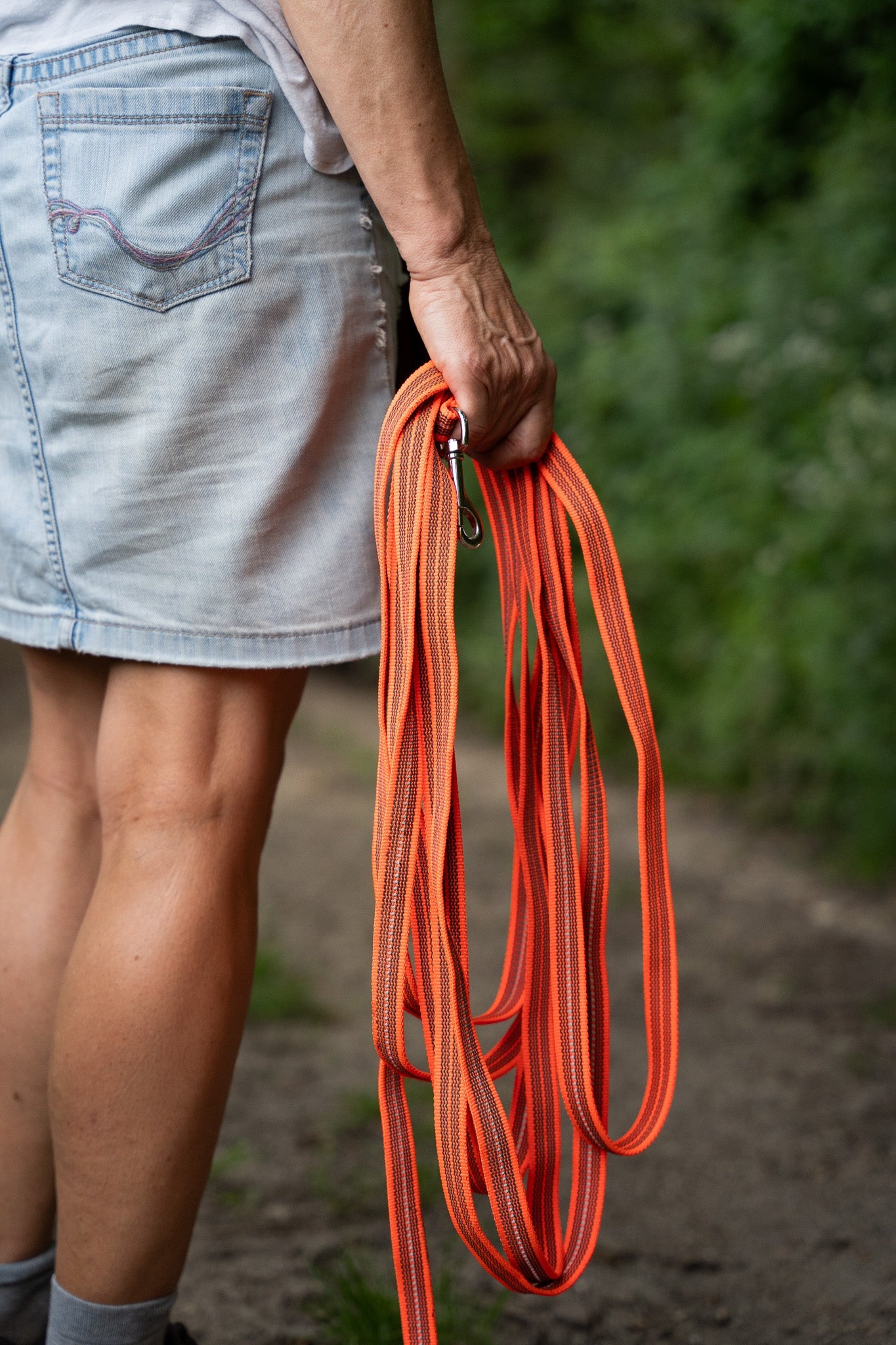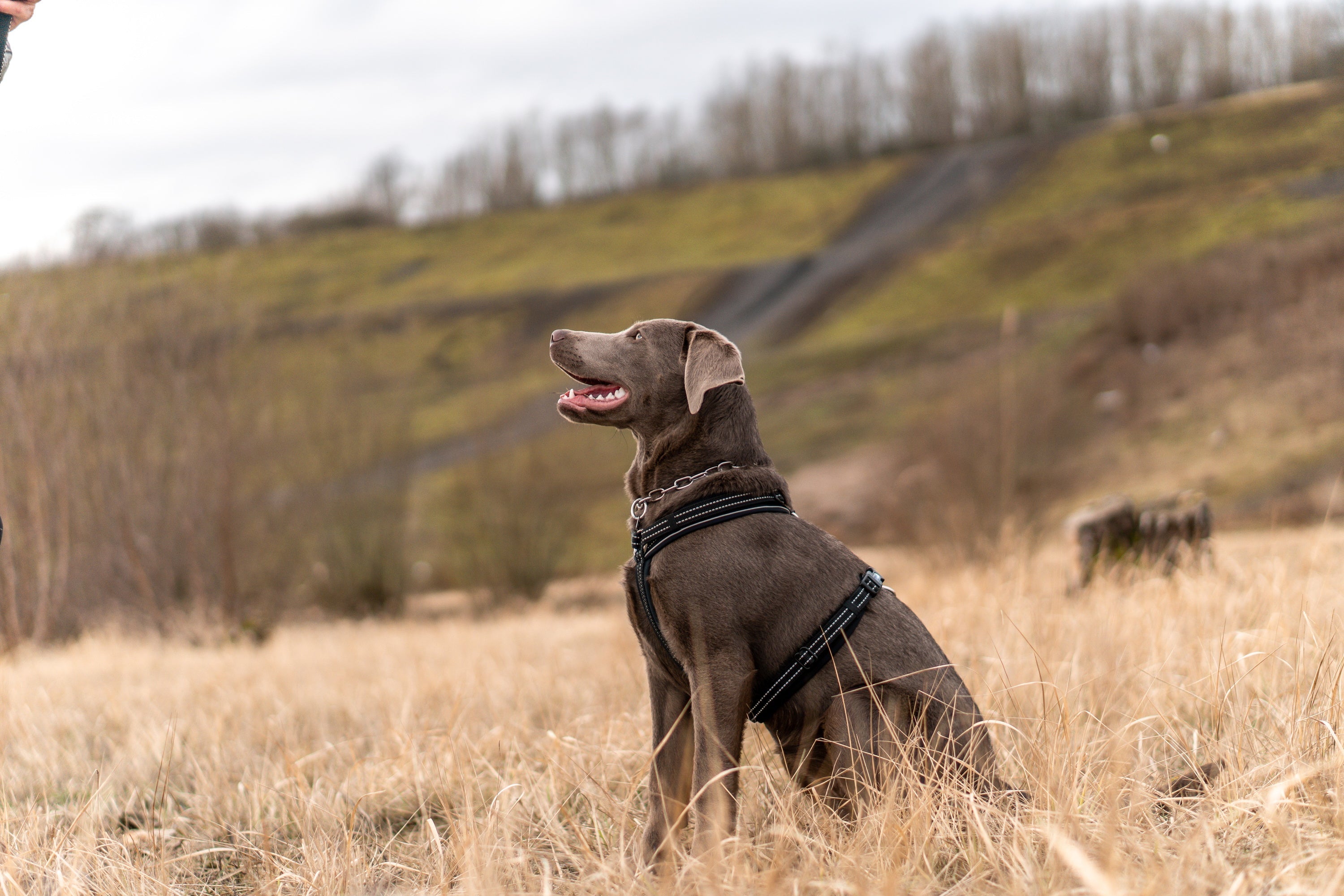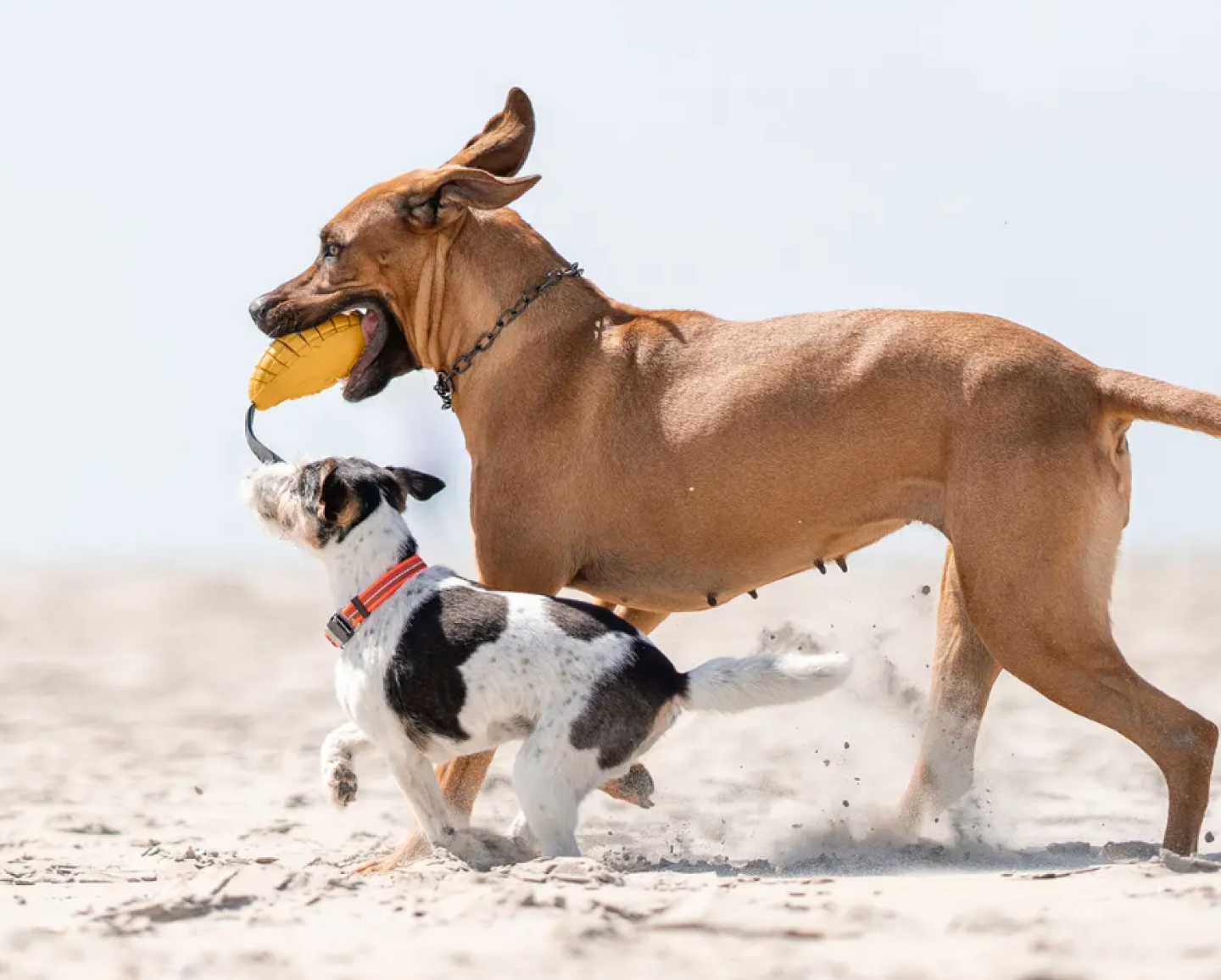
Dogs need to be exercised according to their breed, age, temperament and health. This often means that even long daily walks are not enough to achieve satisfactory physical and mental exercise. In such cases, many dog owners turn to a wide variety of dog sports.
From agility and canicross to dog dancing - today there is a suitable sport and equipment for every type of dog and owner! SPRENGER chain collars are also frequently used in IGP/IPO working dog sports and are even mandatory in some cases.
Find out here what (working) dog sports are all about and what the right collar is for each sport!

Why dog sports?
In addition to the aforementioned benefits of dog sports for the physical and mental exercise of the dog and the shared fun and bonding with the owner, there is also a wider societal component.
Working dog sport in particular plays a decisive role in the further development and maintenance of healthy breeding lines of various working dog breeds, which are subsequently used in our society - for example as police dogs, search and rescue dogs or in the military.
What is the difference between IGP and IPO?
The common term "IPO" in dog sport trials has been replaced by the new abbreviation IGP. This stands for "Internationale Gebrauchshunde Prüfungsordnung" which translates to "International Working Dog Trial Regulations".
IGP trial regulations
The IGP trial regulations are derived from the current FCI trial regulations.
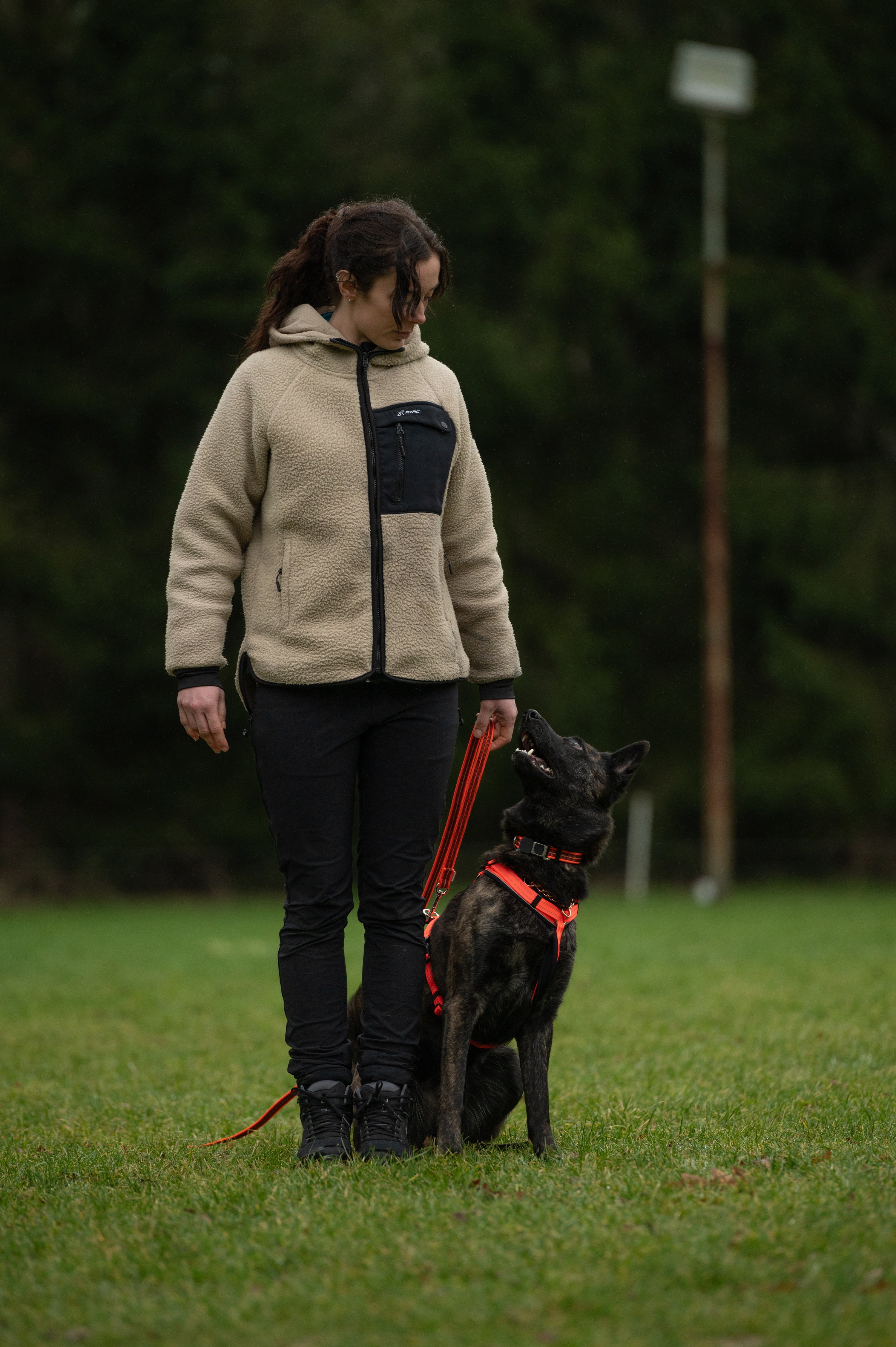
What do the abbreviations for dog sport trials mean?
BH-VT - companion dog examination with behavior test
IGP - International Utility Dog Examination, Level 1-3
IBGH - Companion dog examination, level 1-3
FH-V - Tracking dog examination (preliminary examination)
FH - Tracking dog examination, level 1-2
StP 1-3 - Reconnaissance examination
IPOV - Preliminary examination
IPOZTP - Breeding aptitude examination
IADP - Endurance examination
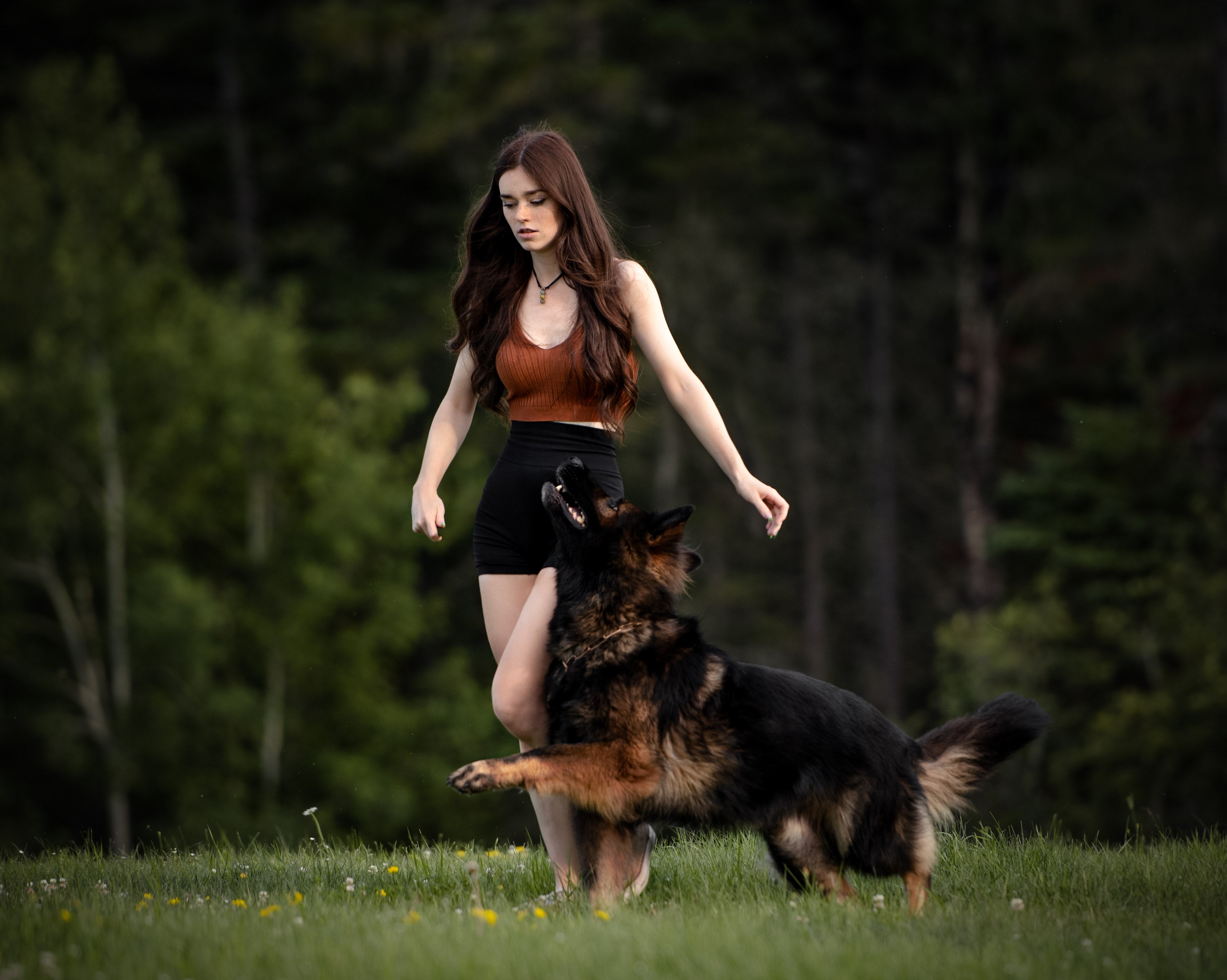
Working dog trials - trial-compliant chains
In many working dog trials, the use of a chain collar is mandatory. The original idea was that the chains allow a loose-fitting collar and prevent other aids such as shock devices or training chains from being hidden under a wide, flat collar during competitions.
Nevertheless, caution is advised here too: Not every chain collar is permitted for use in VDH tests. The exact regulations are derived from the FCI examination regulations.
Basically, only single-row, long-link chains without pull-through chain, shackles, nylon elements or hooks are allowed. The color of the chain collar is not defined in more detail and can be chosen freely.
Attention: Due to adjustments in the Animal Welfare Act and in the veterinary offices and regulatory authorities the use of collars that can choke the dog is prohibited, even if they may still be required in test regulations such as BGH/IPO. These must be retrofitted with a stop ring or shackle as a pull stop to prevent the choking function. The FCI examination regulations from 2025 says: "In countries where it is required by law, the collar must be fitted with a stopper so that the dog cannot be choked."
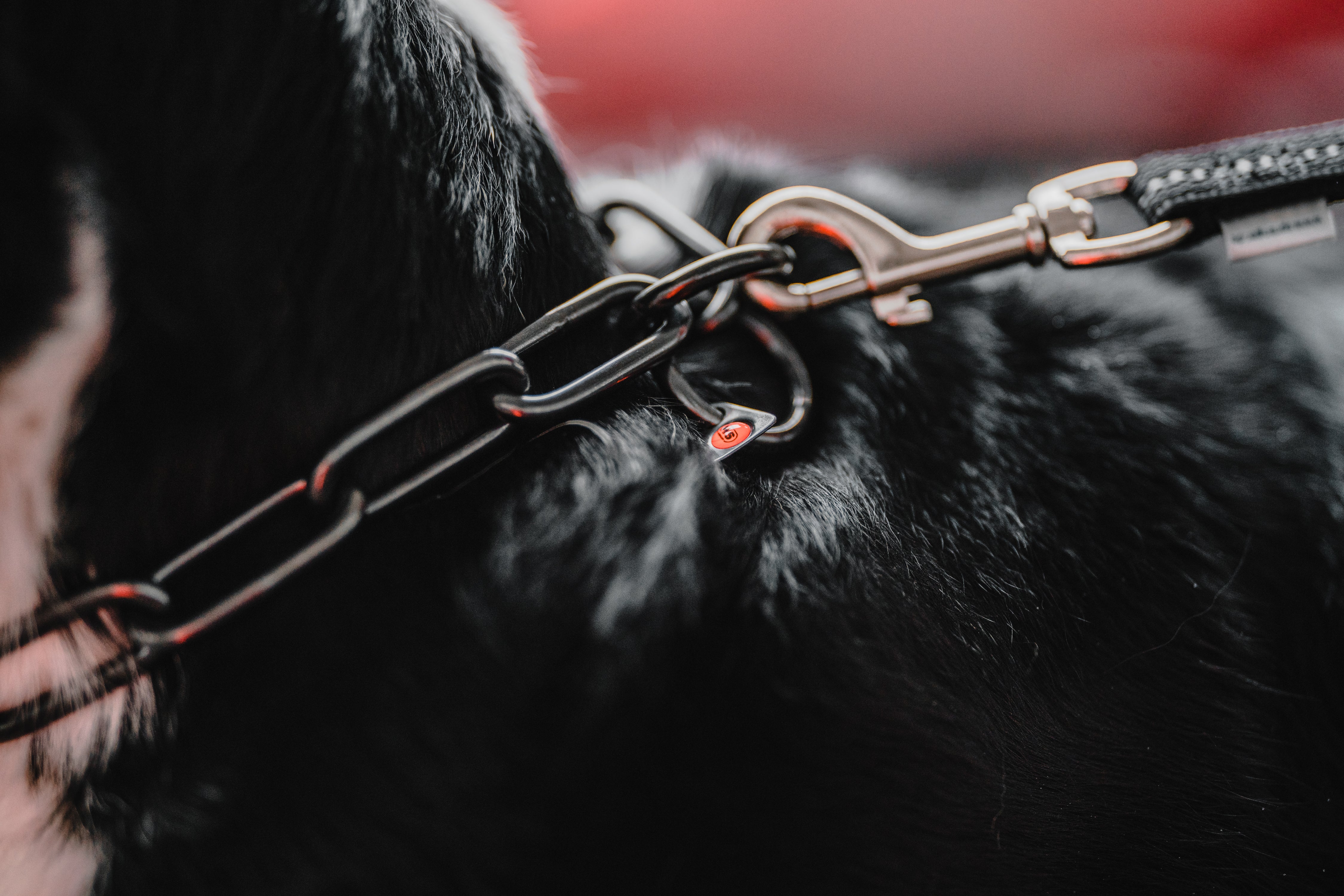
Test-compliant SPRENGER chain collars
At SPRENGER, we originally come from the dog sports industry. That's why we offer a wide range of trial-compliant chain collars. Generally, all our long link chains are trail-compliant in all wire thicknesses. These can be fitted with a stop ring or separately available shackle, which acts as a pull stop and allows you to adjust the chain exactly to the size of your dog.

NEW: Long-link chain collar with SPRENGER hook
Our new alternative trial chain!
Since we've gotten increasingly frequent reports from dog sports enthusiasts, in whose examinations the classic chain even with retrofitted pull stop was no longer approved by the veterinary office/public order office, we took on the matter.
The result: Our collar, long-link, adjustable – with SPRENGER hook. Here is no choking possible, while the chain is still optically as close as possible to the classic single-row long-link chain and there is no pull-through chain that causes too much additional movement on the collar.
More about the chain:
- Available in 3mm and 4mm wire thickness
- Available in stainless steel and black stainless steel
- Available from 45cm to 68cm length, depending on wire thickness
Attention: Before you use this chain in your trial, always inform yourself about the local regulations from the organizer/judge and obtain the appropriate permission.

FCI trial regulations collar rule
According to the current FCI trial regulations of 2019, dogs in dog sport trials must be presented with a single-row, loose-fitting chain collar with long links.
For tracking work as an FCI trial, a search harness or identification blanket may be used in addition to the chain collar.
Please note: Leather collars, fabric collars or chest harnesses are also permitted in some trials. Before your trial, find out exactly which rules apply in your trial and contact the club/organizer if you are unsure.

Which leash for dog sports?
The choice of leash also depends heavily on the type of dog sport.
According to FCI trial regulations, a leash must always be carried and be kept on the side facing away from the dog or out of sight. This is where we recommend our 1 m nylon leads, for example. These are light and space-saving and can therefore be stowed in your pocket and always carried with you.
For tracking, on the other hand, a suitable 5 m to 10 m long drag line is required, while in agility no leash is used during the run and in canicross a bungee leash is often used.
PART OF YOUR PASSION.
